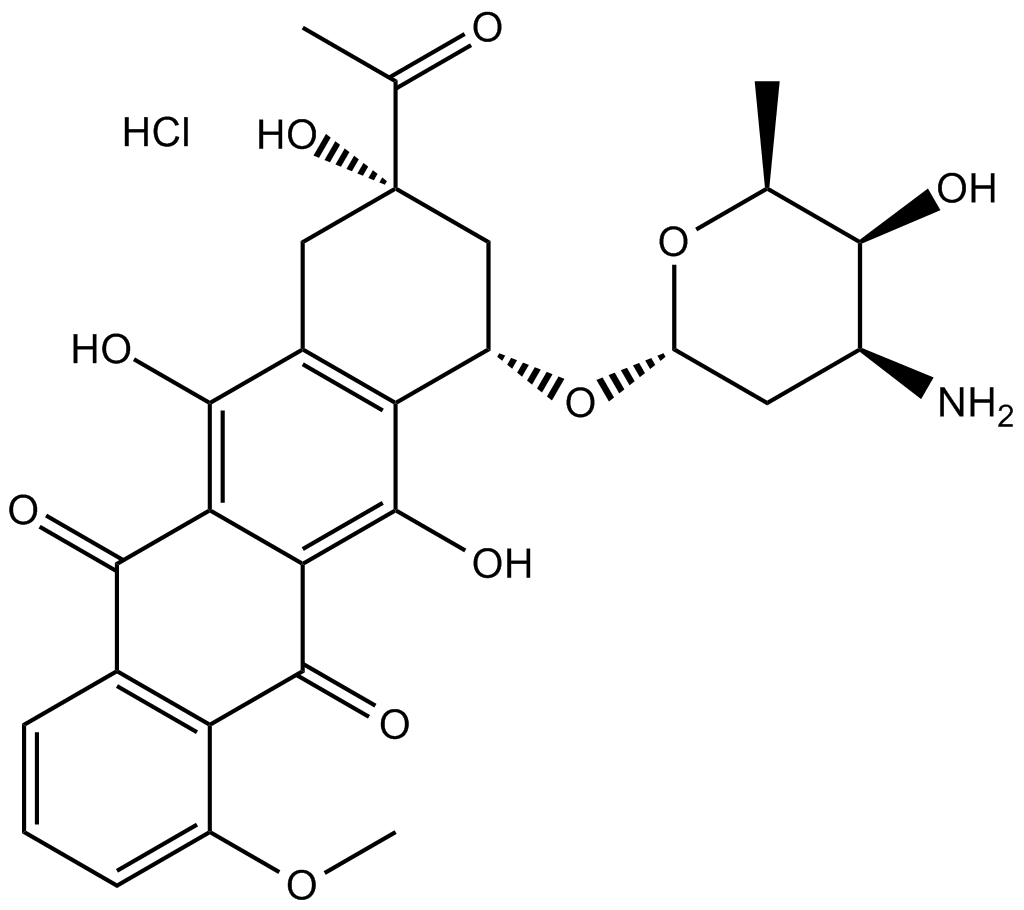Apoptosis
As one of the cellular death mechanisms, apoptosis, also known as programmed cell death, can be defined as the process of a proper death of any cell under certain or necessary conditions. Apoptosis is controlled by the interactions between several molecules and responsible for the elimination of unwanted cells from the body.
Many biochemical events and a series of morphological changes occur at the early stage and increasingly continue till the end of apoptosis process. Morphological event cascade including cytoplasmic filament aggregation, nuclear condensation, cellular fragmentation, and plasma membrane blebbing finally results in the formation of apoptotic bodies. Several biochemical changes such as protein modifications/degradations, DNA and chromatin deteriorations, and synthesis of cell surface markers form morphological process during apoptosis.
Apoptosis can be stimulated by two different pathways: (1) intrinsic pathway (or mitochondria pathway) that mainly occurs via release of cytochrome c from the mitochondria and (2) extrinsic pathway when Fas death receptor is activated by a signal coming from the outside of the cell.
Different gene families such as caspases, inhibitor of apoptosis proteins, B cell lymphoma (Bcl)-2 family, tumor necrosis factor (TNF) receptor gene superfamily, or p53 gene are involved and/or collaborate in the process of apoptosis.
Caspase family comprises conserved cysteine aspartic-specific proteases, and members of caspase family are considerably crucial in the regulation of apoptosis. There are 14 different caspases in mammals, and they are basically classified as the initiators including caspase-2, -8, -9, and -10; and the effectors including caspase-3, -6, -7, and -14; and also the cytokine activators including caspase-1, -4, -5, -11, -12, and -13. In vertebrates, caspase-dependent apoptosis occurs through two main interconnected pathways which are intrinsic and extrinsic pathways. The intrinsic or mitochondrial apoptosis pathway can be activated through various cellular stresses that lead to cytochrome c release from the mitochondria and the formation of the apoptosome, comprised of APAF1, cytochrome c, ATP, and caspase-9, resulting in the activation of caspase-9. Active caspase-9 then initiates apoptosis by cleaving and thereby activating executioner caspases. The extrinsic apoptosis pathway is activated through the binding of a ligand to a death receptor, which in turn leads, with the help of the adapter proteins (FADD/TRADD), to recruitment, dimerization, and activation of caspase-8 (or 10). Active caspase-8 (or 10) then either initiates apoptosis directly by cleaving and thereby activating executioner caspase (-3, -6, -7), or activates the intrinsic apoptotic pathway through cleavage of BID to induce efficient cell death. In a heat shock-induced death, caspase-2 induces apoptosis via cleavage of Bid.
Bcl-2 family members are divided into three subfamilies including (i) pro-survival subfamily members (Bcl-2, Bcl-xl, Bcl-W, MCL1, and BFL1/A1), (ii) BH3-only subfamily members (Bad, Bim, Noxa, and Puma9), and (iii) pro-apoptotic mediator subfamily members (Bax and Bak). Following activation of the intrinsic pathway by cellular stress, pro‑apoptotic BCL‑2 homology 3 (BH3)‑only proteins inhibit the anti‑apoptotic proteins Bcl‑2, Bcl-xl, Bcl‑W and MCL1. The subsequent activation and oligomerization of the Bak and Bax result in mitochondrial outer membrane permeabilization (MOMP). This results in the release of cytochrome c and SMAC from the mitochondria. Cytochrome c forms a complex with caspase-9 and APAF1, which leads to the activation of caspase-9. Caspase-9 then activates caspase-3 and caspase-7, resulting in cell death. Inhibition of this process by anti‑apoptotic Bcl‑2 proteins occurs via sequestration of pro‑apoptotic proteins through binding to their BH3 motifs.
One of the most important ways of triggering apoptosis is mediated through death receptors (DRs), which are classified in TNF superfamily. There exist six DRs: DR1 (also called TNFR1); DR2 (also called Fas); DR3, to which VEGI binds; DR4 and DR5, to which TRAIL binds; and DR6, no ligand has yet been identified that binds to DR6. The induction of apoptosis by TNF ligands is initiated by binding to their specific DRs, such as TNFα/TNFR1, FasL /Fas (CD95, DR2), TRAIL (Apo2L)/DR4 (TRAIL-R1) or DR5 (TRAIL-R2). When TNF-α binds to TNFR1, it recruits a protein called TNFR-associated death domain (TRADD) through its death domain (DD). TRADD then recruits a protein called Fas-associated protein with death domain (FADD), which then sequentially activates caspase-8 and caspase-3, and thus apoptosis. Alternatively, TNF-α can activate mitochondria to sequentially release ROS, cytochrome c, and Bax, leading to activation of caspase-9 and caspase-3 and thus apoptosis. Some of the miRNAs can inhibit apoptosis by targeting the death-receptor pathway including miR-21, miR-24, and miR-200c.
p53 has the ability to activate intrinsic and extrinsic pathways of apoptosis by inducing transcription of several proteins like Puma, Bid, Bax, TRAIL-R2, and CD95.
Some inhibitors of apoptosis proteins (IAPs) can inhibit apoptosis indirectly (such as cIAP1/BIRC2, cIAP2/BIRC3) or inhibit caspase directly, such as XIAP/BIRC4 (inhibits caspase-3, -7, -9), and Bruce/BIRC6 (inhibits caspase-3, -6, -7, -8, -9).
Any alterations or abnormalities occurring in apoptotic processes contribute to development of human diseases and malignancies especially cancer.
References:
1.Yağmur Kiraz, Aysun Adan, Melis Kartal Yandim, et al. Major apoptotic mechanisms and genes involved in apoptosis[J]. Tumor Biology, 2016, 37(7):8471.
2.Aggarwal B B, Gupta S C, Kim J H. Historical perspectives on tumor necrosis factor and its superfamily: 25 years later, a golden journey.[J]. Blood, 2012, 119(3):651.
3.Ashkenazi A, Fairbrother W J, Leverson J D, et al. From basic apoptosis discoveries to advanced selective BCL-2 family inhibitors[J]. Nature Reviews Drug Discovery, 2017.
4.McIlwain D R, Berger T, Mak T W. Caspase functions in cell death and disease[J]. Cold Spring Harbor perspectives in biology, 2013, 5(4): a008656.
5.Ola M S, Nawaz M, Ahsan H. Role of Bcl-2 family proteins and caspases in the regulation of apoptosis[J]. Molecular and cellular biochemistry, 2011, 351(1-2): 41-58.
What is Apoptosis? The Apoptotic Pathways and the Caspase Cascade
Targets for Apoptosis
- Pyroptosis(15)
- Caspase(77)
- 14.3.3 Proteins(3)
- Apoptosis Inducers(71)
- Bax(15)
- Bcl-2 Family(136)
- Bcl-xL(13)
- c-RET(15)
- IAP(32)
- KEAP1-Nrf2(73)
- MDM2(21)
- p53(137)
- PC-PLC(6)
- PKD(8)
- RasGAP (Ras- P21)(2)
- Survivin(8)
- Thymidylate Synthase(12)
- TNF-α(141)
- Other Apoptosis(1145)
- Apoptosis Detection(0)
- Caspase Substrate(0)
- APC(6)
- PD-1/PD-L1 interaction(60)
- ASK1(4)
- PAR4(2)
- RIP kinase(47)
- FKBP(22)
Products for Apoptosis
- Cat.No. Product Name Information
-
GC43274
Citromycetin
Citromycetin is a fungal metabolite originally isolated from P.

-
GC63393
Citronellyl acetate
Citronellyl acetate is a monoterpene product of the secondary metabolism of plants, with antinociceptive activity.
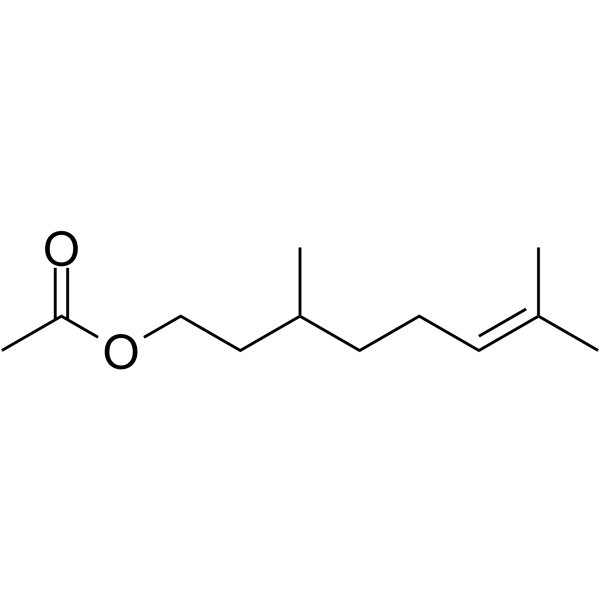
-
GC52367
Citrullinated Vimentin (G146R) (R144 + R146) (139-159)-biotin Peptide
A biotinylated and citrullinated mutant vimentin peptide

-
GC52370
Citrullinated Vimentin (R144) (139-159)-biotin Peptide
A biotinylated and citrullinated vimentin peptide

-
GN10219
Ciwujianoside-B
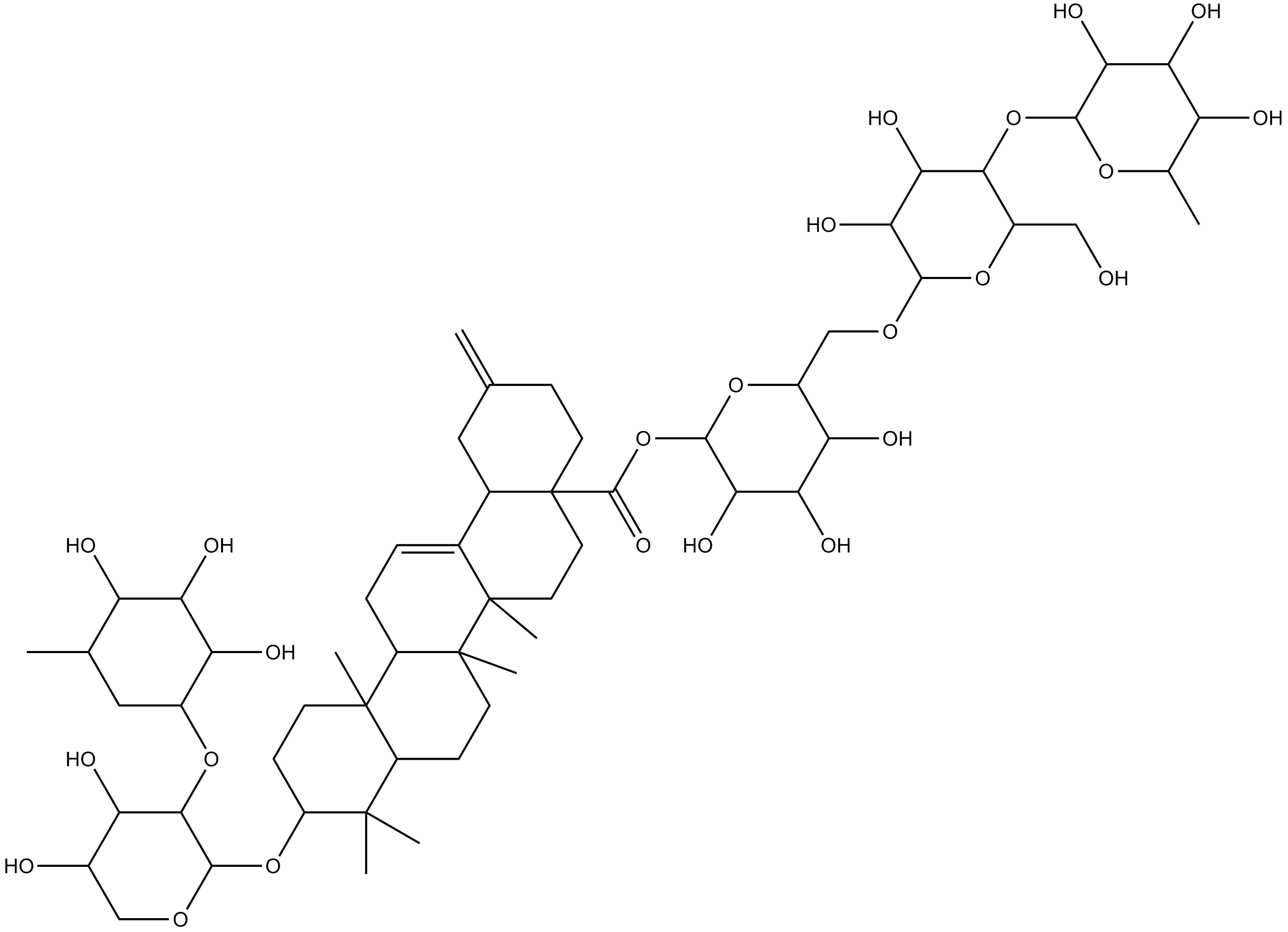
-
GC64649
Cjoc42
Cjoc42 is a compound capable of binding to gankyrin. Cjoc42 inhibits gankyrin activity in a dose-dependent manner. Cjoc42 prevents the decrease in p53 protein levels normally associated with high amounts of gankyrin. Cjoc42 restores p53-dependent transcription and sensitivity to DNA damage.
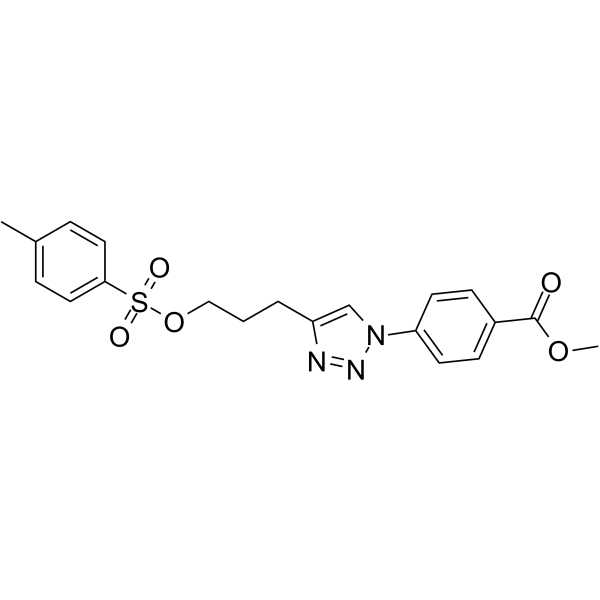
-
GC39485
CK2/ERK8-IN-1
A dual inhibitor of CK2 and ERK8
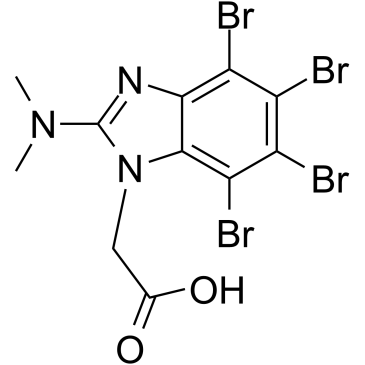
-
GC49556
Cl-Necrostatin-1
A RIPK1 inhibitor

-
GC47098
CL2-SN-38 (dichloroacetic acid salt)
An antibody-drug conjugate containing SN-38

-
GC60714
CL2A-SN-38
An antibody-drug conjugate containing SN-38
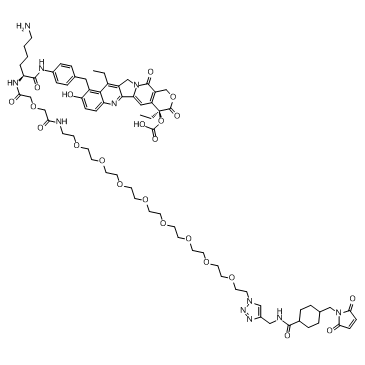
-
GC52469
CL2A-SN-38 (dichloroacetic acid salt)
An antibody-drug conjugate containing SN-38

-
GC10509
Cladribine
Apoptosis inducer in CLL cells
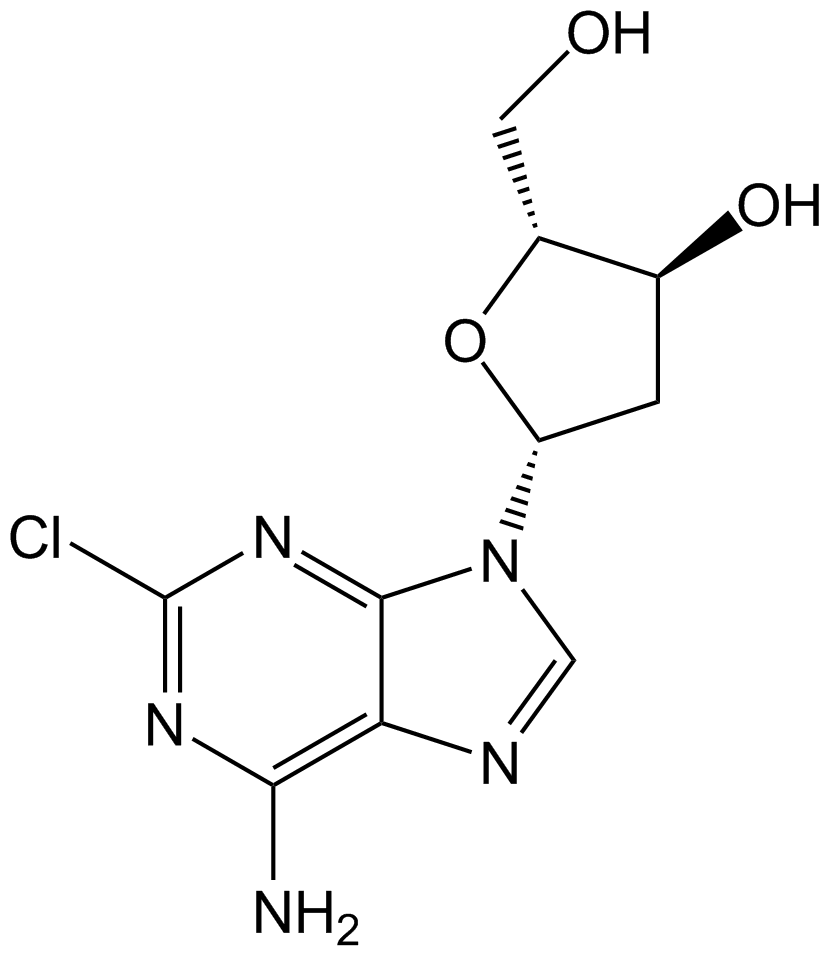
-
GC60111
Clitocine
Clitocine, an adenosine nucleoside analog isolated from mushroom, is a potent and efficacious readthrough agent. Clitocine acts as a suppressor of nonsense mutations and can induce the production of p53 protein in cells harboring p53 nonsense-mutated alleles. Clitocine can induce apoptosis in multidrug-resistant human cancer cells by targeting Mcl-1. Anticancer activity.
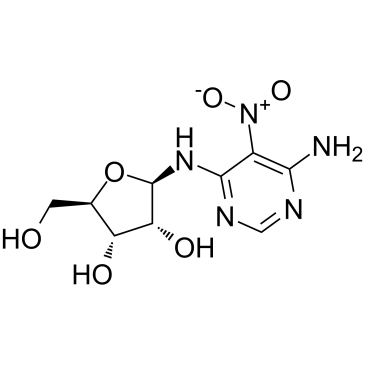
-
GC15219
Clofarabine
Antimetabolite,inhibit DNA polymerase and ribonucleotide reductase
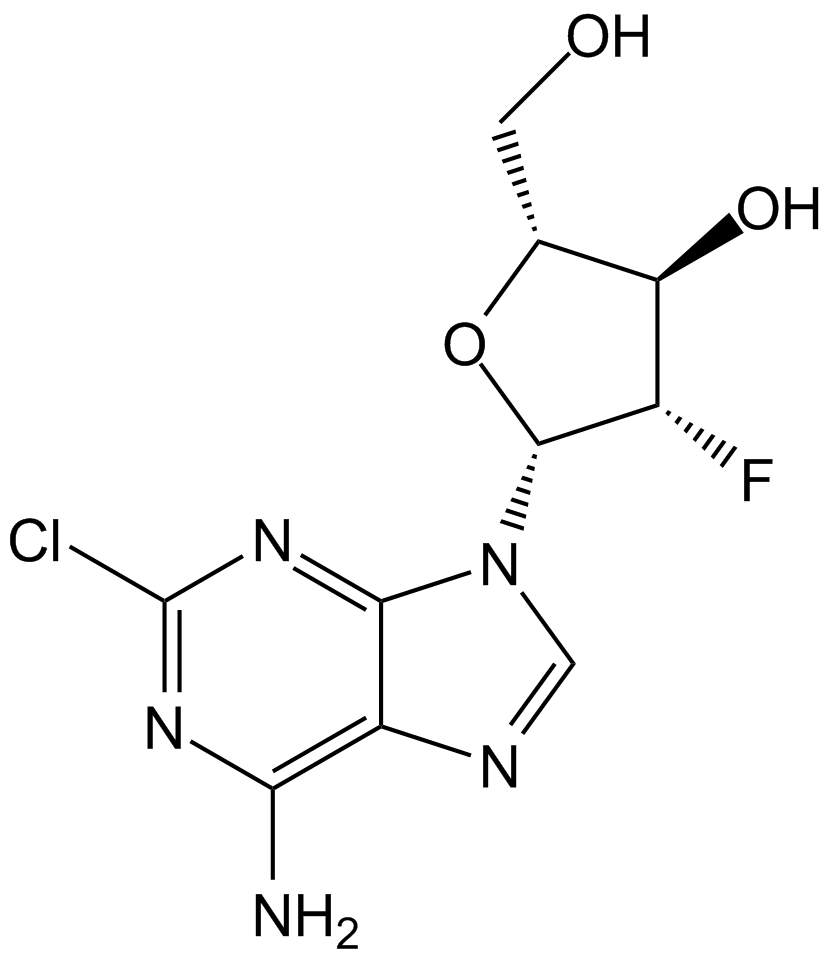
-
GC10813
Clofibric Acid
PPAR agonist
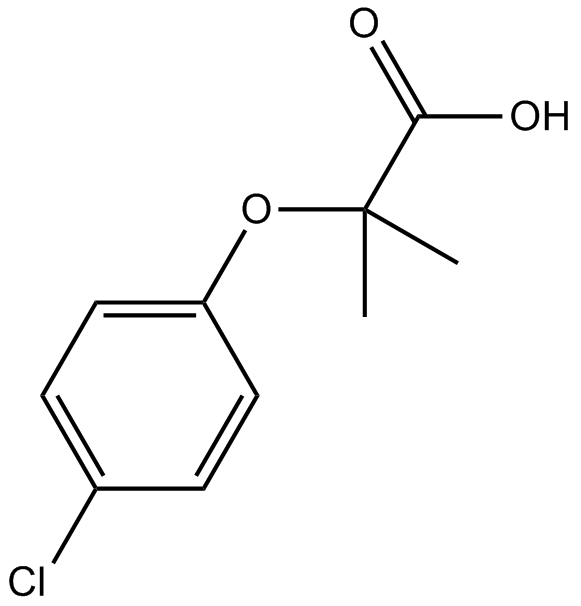
-
GC32587
Clofilium tosylate
Clofilium tosylate, a potassium channel blocker, induces apoptosis of human promyelocytic leukemia (HL-60) cells via Bcl-2-insensitive activation of caspase-3.
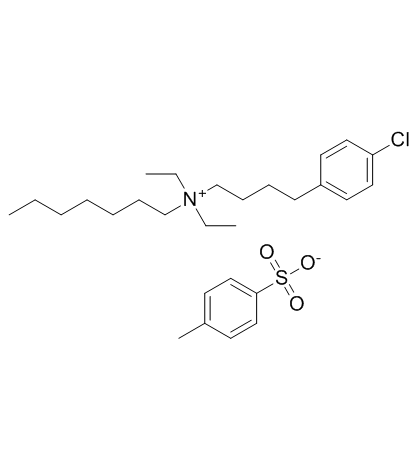
-
GC47105
Clonostachydiol
A fungal metabolite with anticancer and anthelmintic activities

-
GC12367
CM-272
CM-272 is a first-in-class reversible dual inhibitor against G9a and DNMTs with IC50 values of 8 nM and 382 nM, respectively [1].
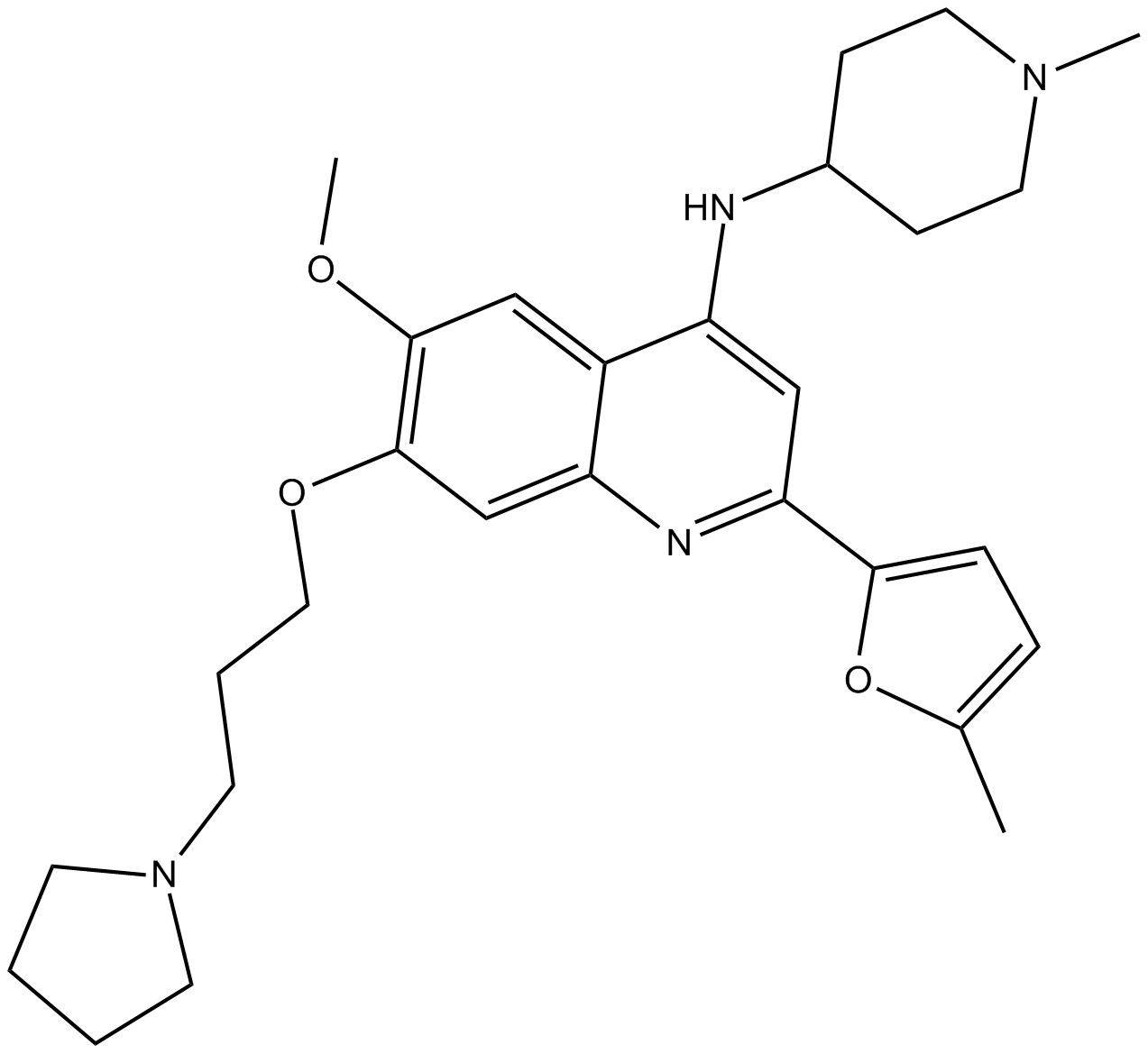
-
GC62347
CMC2.24
CMC2.24 (TRB-N0224), an orally active tricarbonylmethane agent, is effective against pancreatic tumor in mice by inhibiting Ras activation and its downstream effector ERK1/2 pathway.
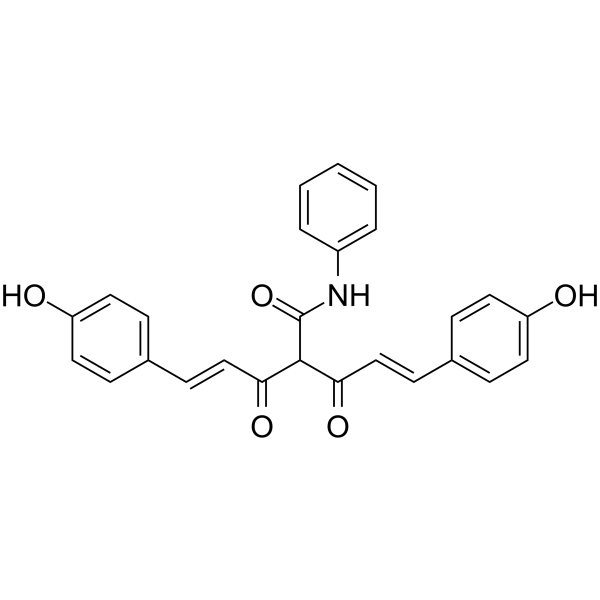
-
GC61567
CMLD-2
CMLD-2, an inhibitor of HuR-ARE interaction, competitively binds HuR protein disrupting its interaction with adenine-uridine rich elements (ARE)-containing mRNAs (Ki=350 nM). CMLD-2 induces apoptosis exhibits antitumor activity in different cancer cells as colon, pancreatic, thyroid and lung cancer cell lines. Hu antigen R (HuR) is an RNA binding protein, can regulate target mRNAs stability and translation.
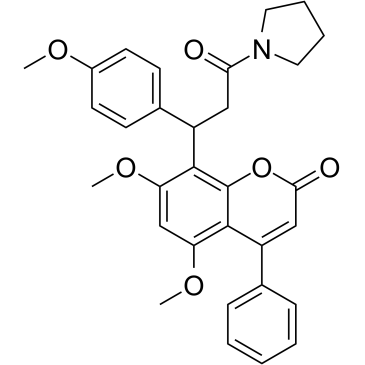
-
GC49096
Cobaltic Protoporphyrin IX (chloride)
An inducer of HO-1 activity

-
GC10033
Cobimetinib
A potent, orally available MEK1 inhibitor
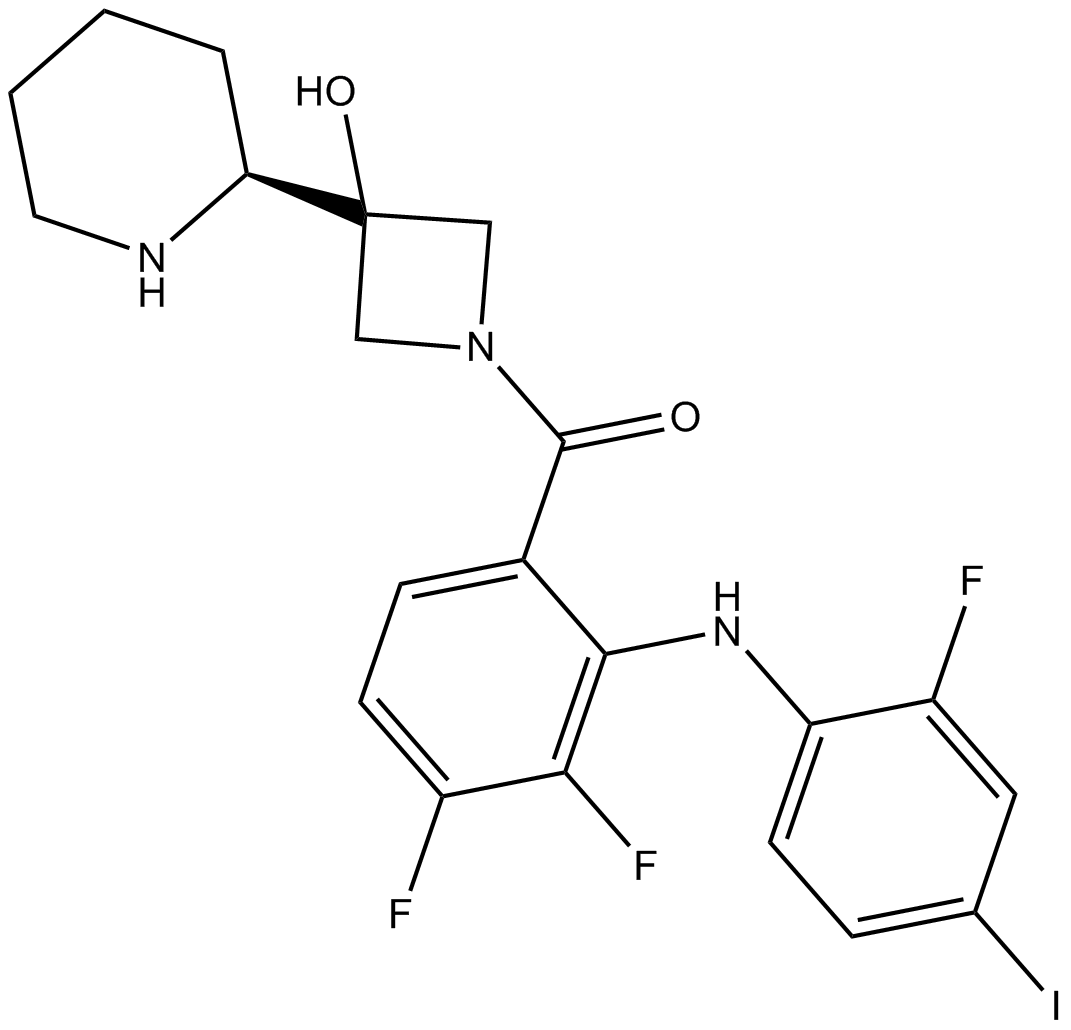
-
GC43297
Coenzyme Q2
Coenzyme Q10 is a component of the electron transport chain and participates in aerobic cellular respiration, generating energy in the form of ATP.

-
GC62192
COG1410
COG1410 is an apolipoprotein E-derived peptide.
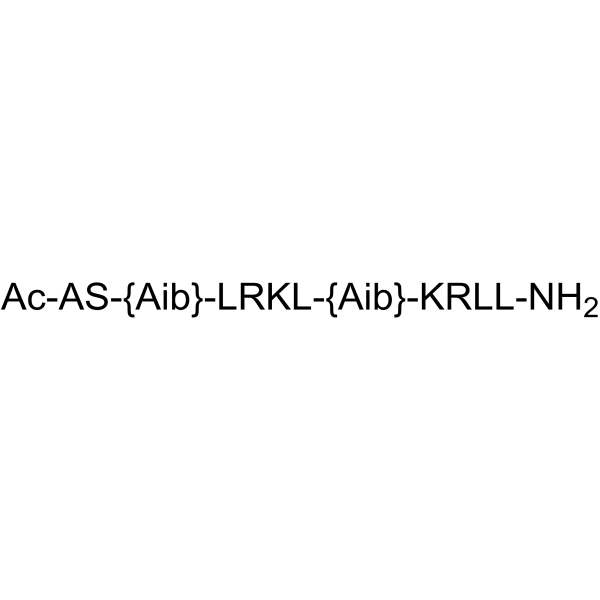
-
GC40664
Colcemid
Colcemid is a cytoskeletal inhibitor that induces mitotic arrest in the G2/M phase or meiotic arrest in the vesicle rupture (GVBD) phase in mammalian cells or oocytes, respectively.

-
GN10123
Columbianadin
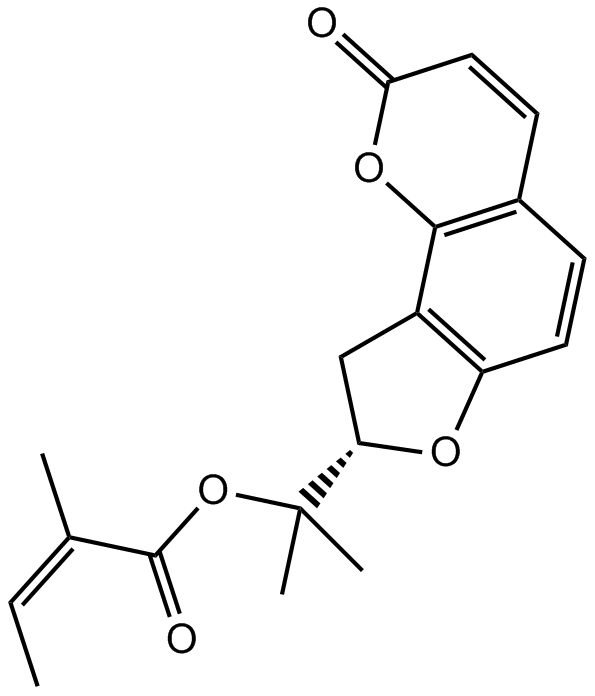
-
GC49454
Complex 3
A fluorescent copper complex with anticancer activity

-
GC18572
Concanavalin A
Concanamycin A belongs to the concanamycins, a family of macrolide antibiotics isolated from Streptomyces diastatochromogenes that are highly active and selective inhibitors of the vacuolar proton-ATPase (v-[H+]ATPase).

-
GC18832
Conglobatin
Conglobatin is a dimeric macrolide dilactone originally isolated from S.
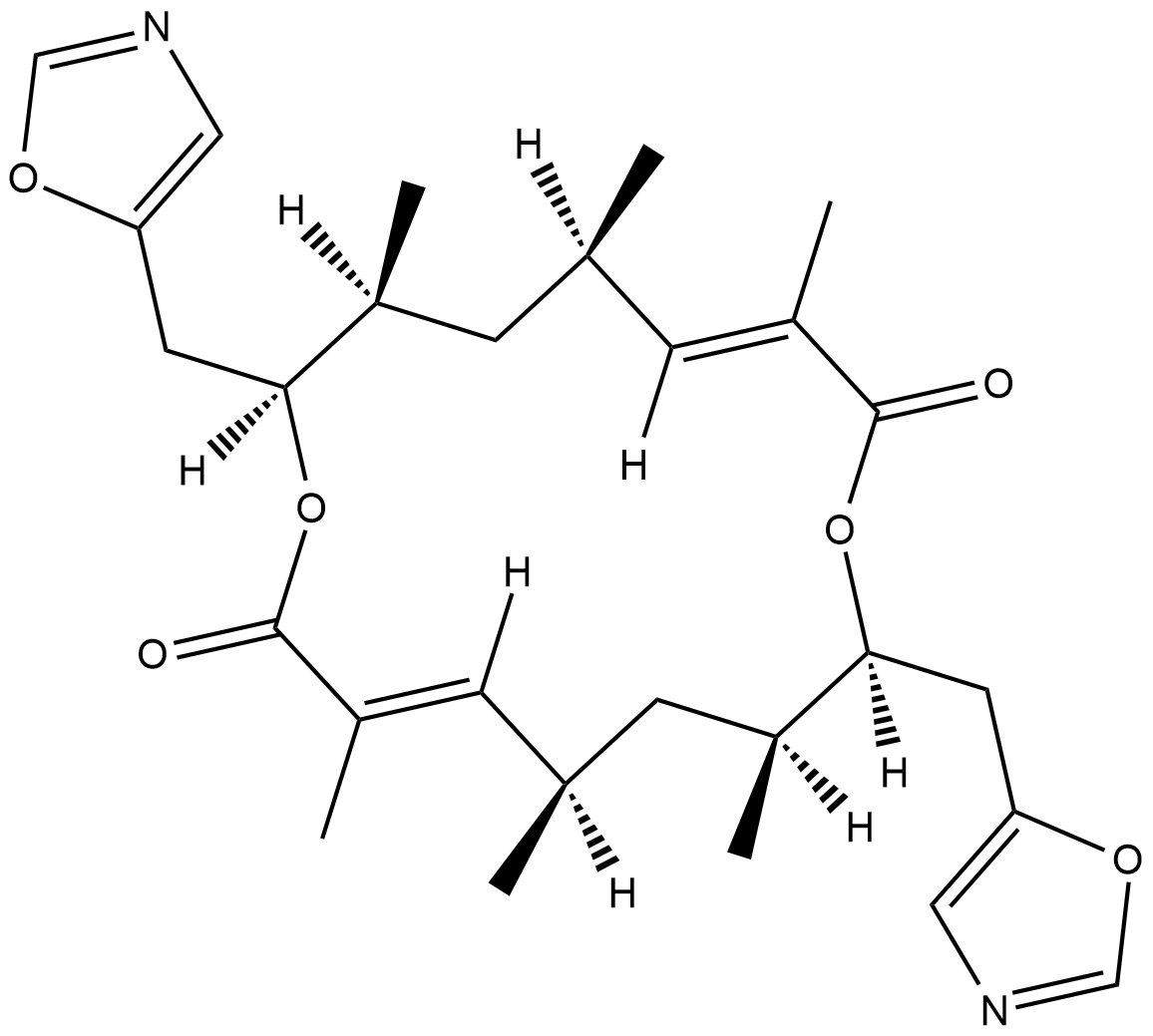
-
GC48483
Conglobatin B
A bacterial metabolite

-
GC48497
Conglobatin C1
A bacterial metabolite

-
GC38376
Coniferaldehyde
Coniferaldehyde (Ferulaldehyde) is an effective inducer of heme oxygenase-1 (HO-1).
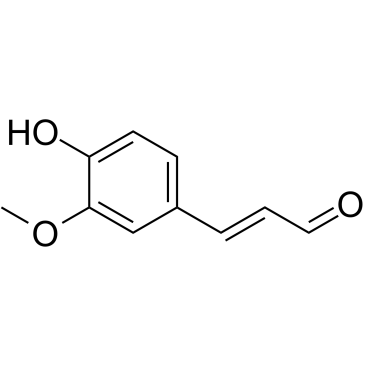
-
GC63379
Conophylline
Conophylline is a vinca alkaloid extracted from leaves of a tropical plant Ervatamia microphylla.
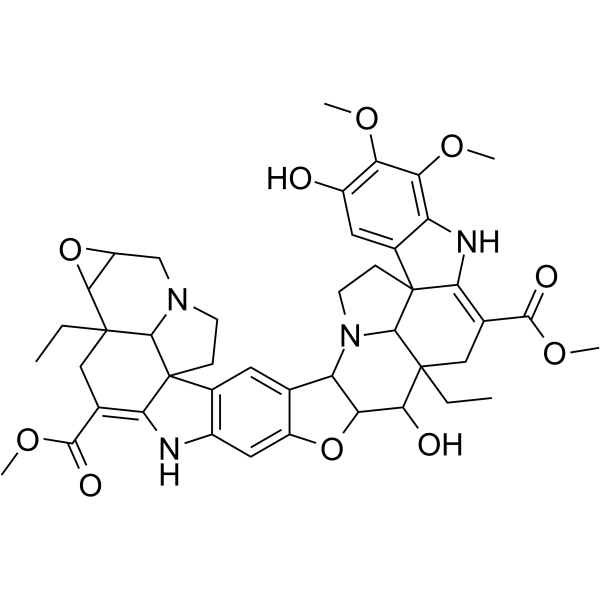
-
GC16772
Cortisone acetate
Glucocorticoid receptor agonist
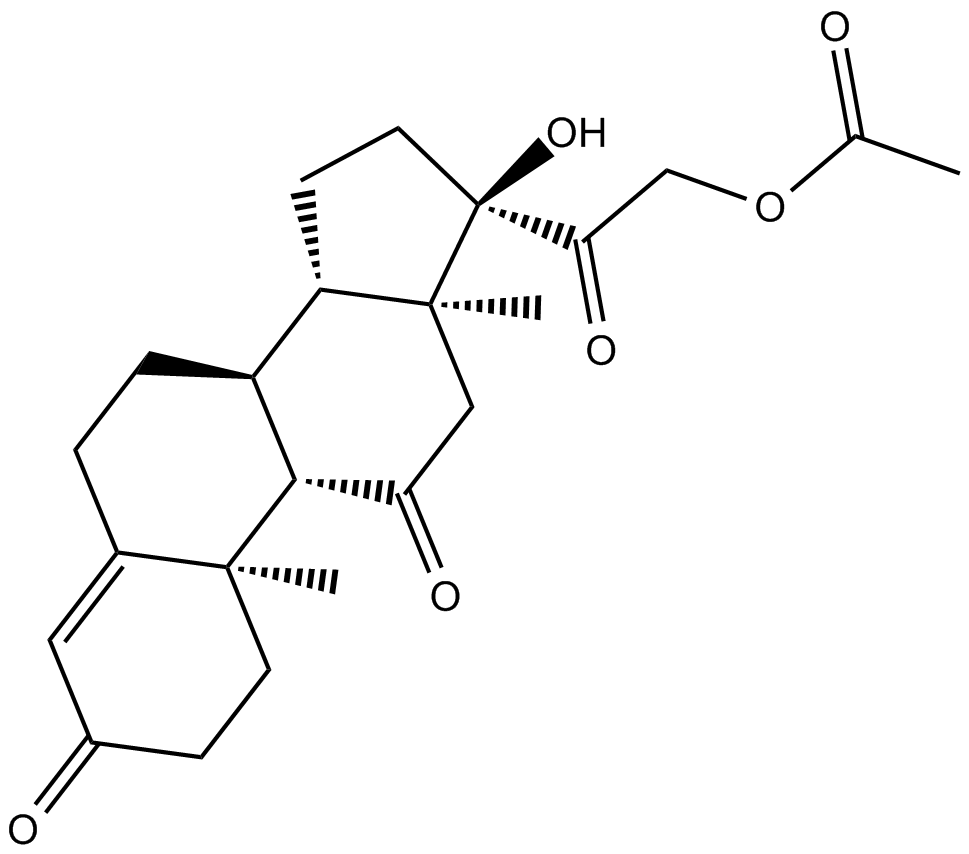
-
GC16116
Costunolide
A natural sesquiterpene lactone
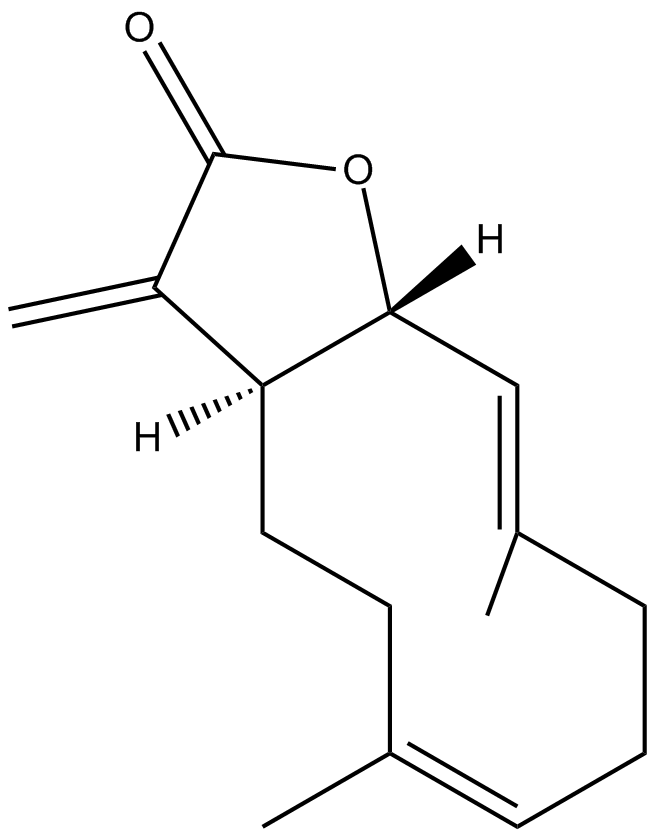
-
GC15225
COTI-2
activates mutant forms of p53
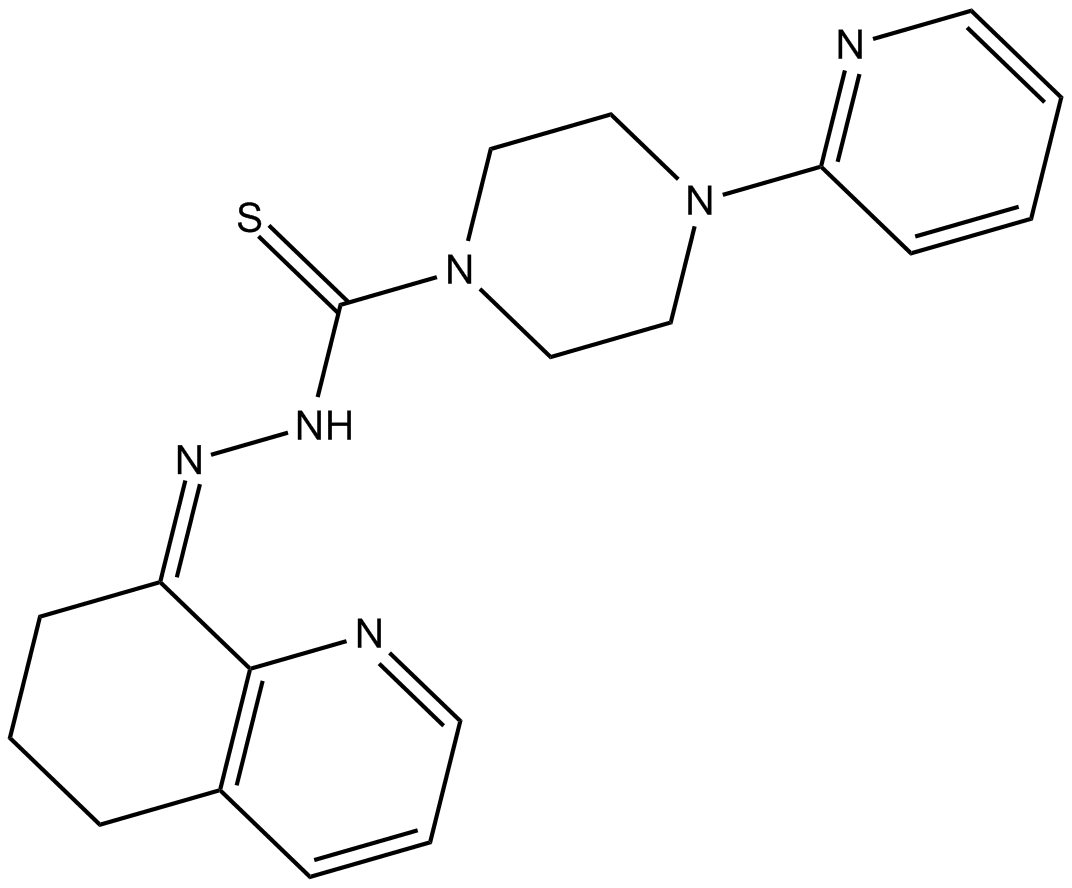
-
GC15840
CP 31398 dihydrochloride
A p53 stabilizing agent
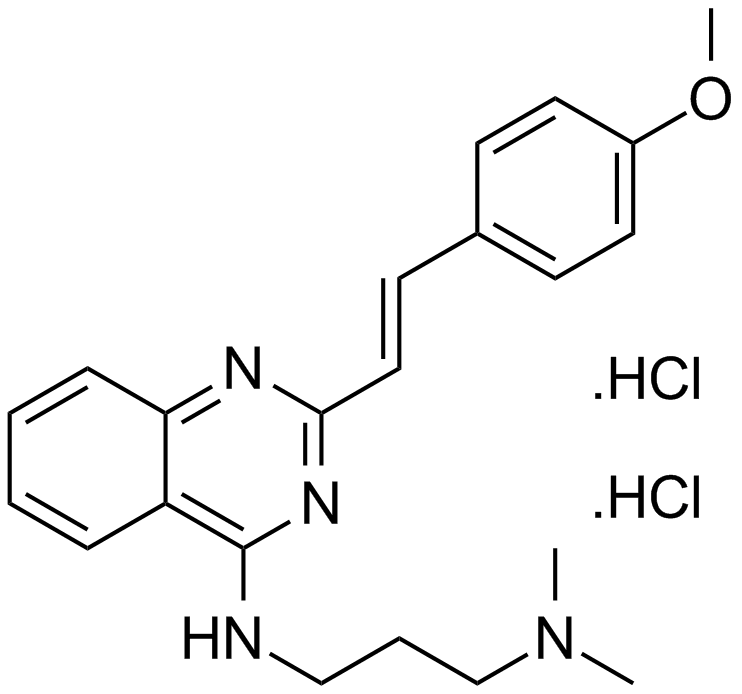
-
GC13091
CP-724714
HER2 inhibitor,potent and selective
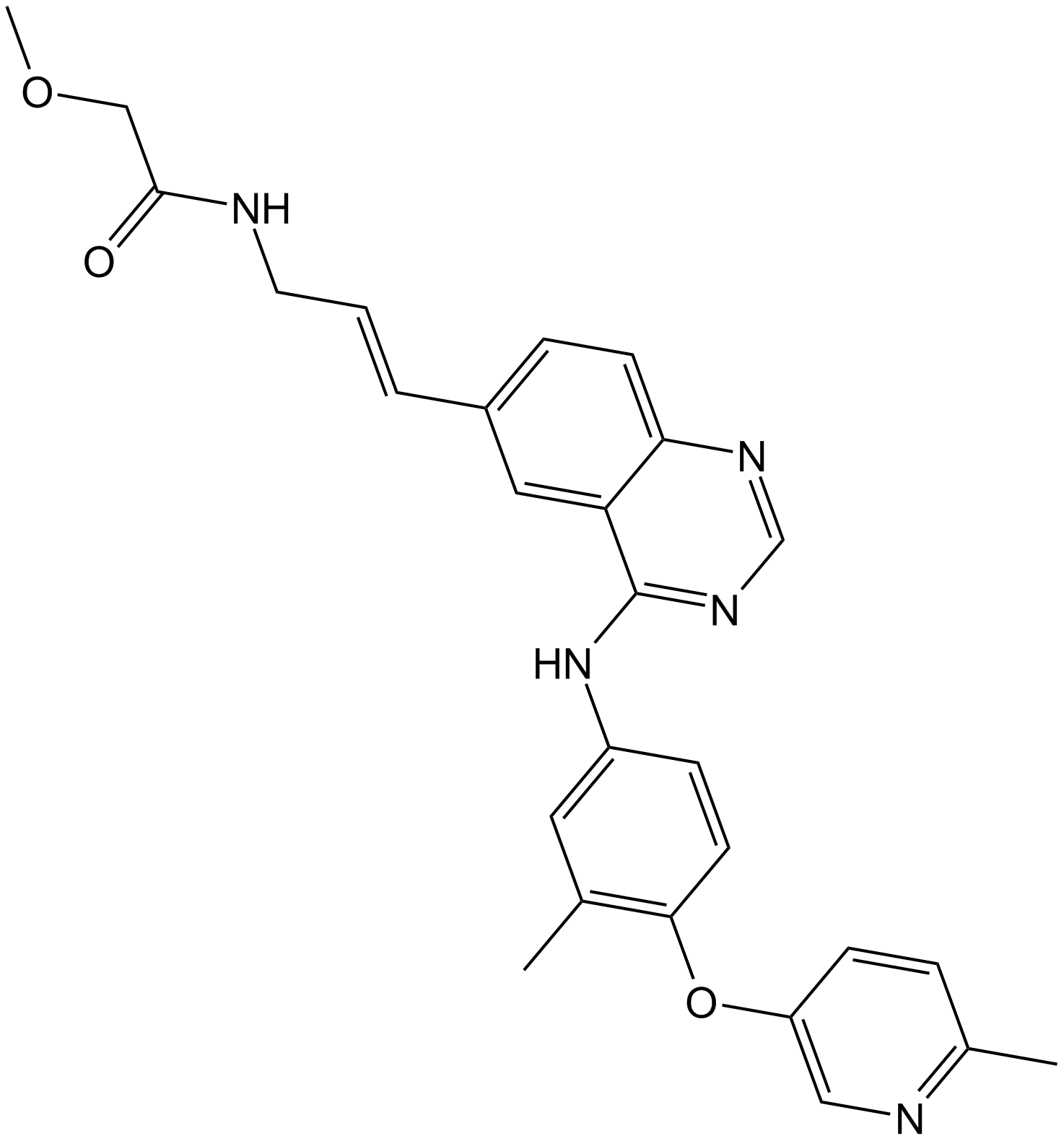
-
GC14500
CPI-1189
necrosis factor (TNF) alpha inhibitor
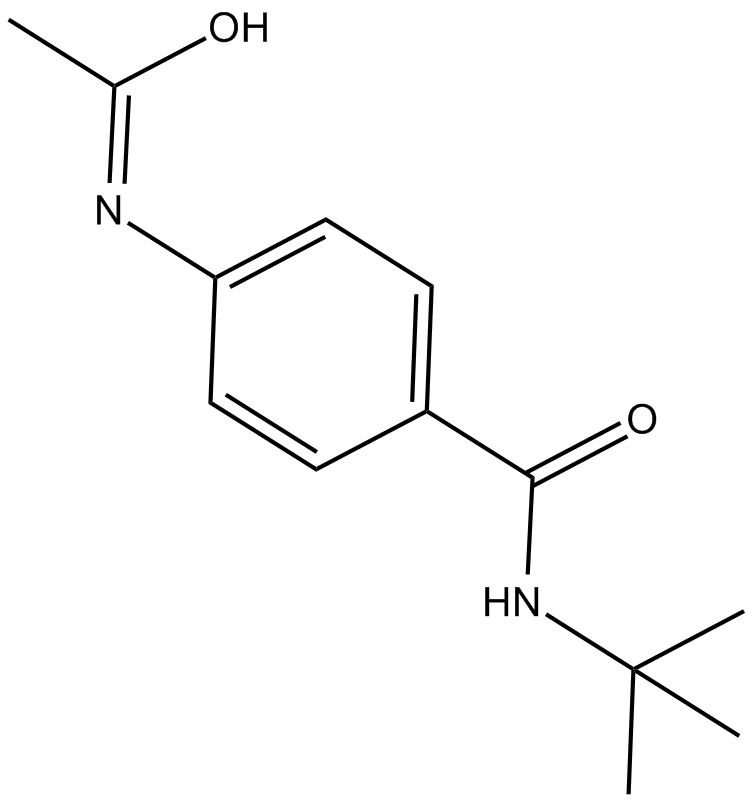
-
GC14699
CPI-203
BET bromodomain inhibitor
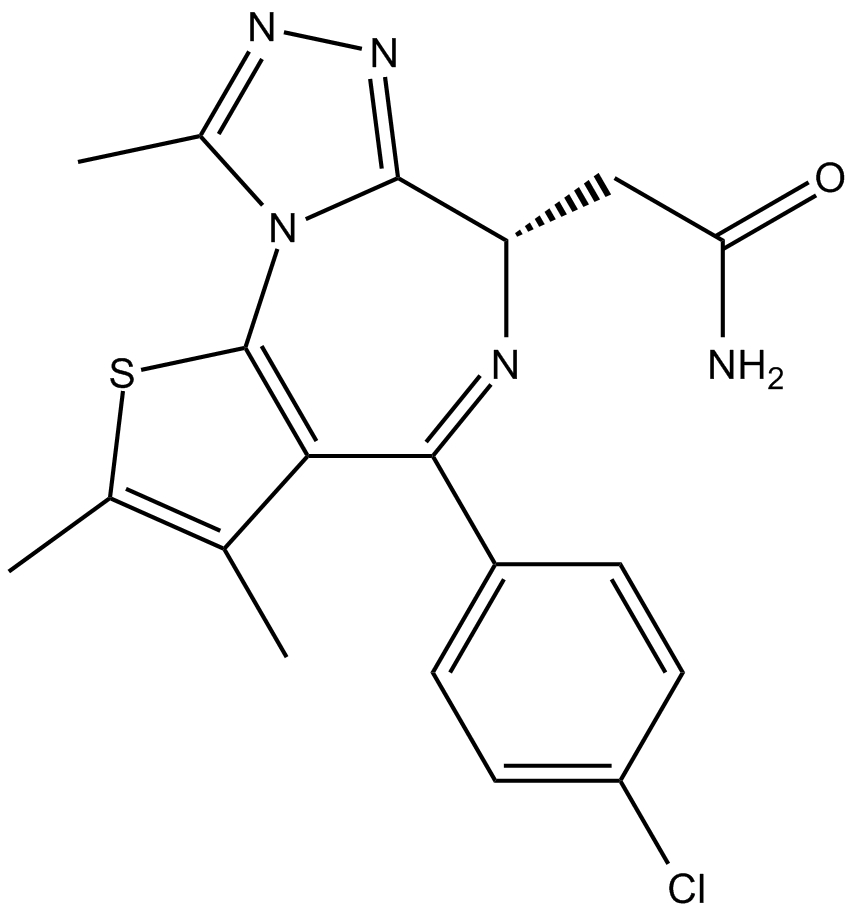
-
GC10021
CPI-360
EZH2 inhibitor
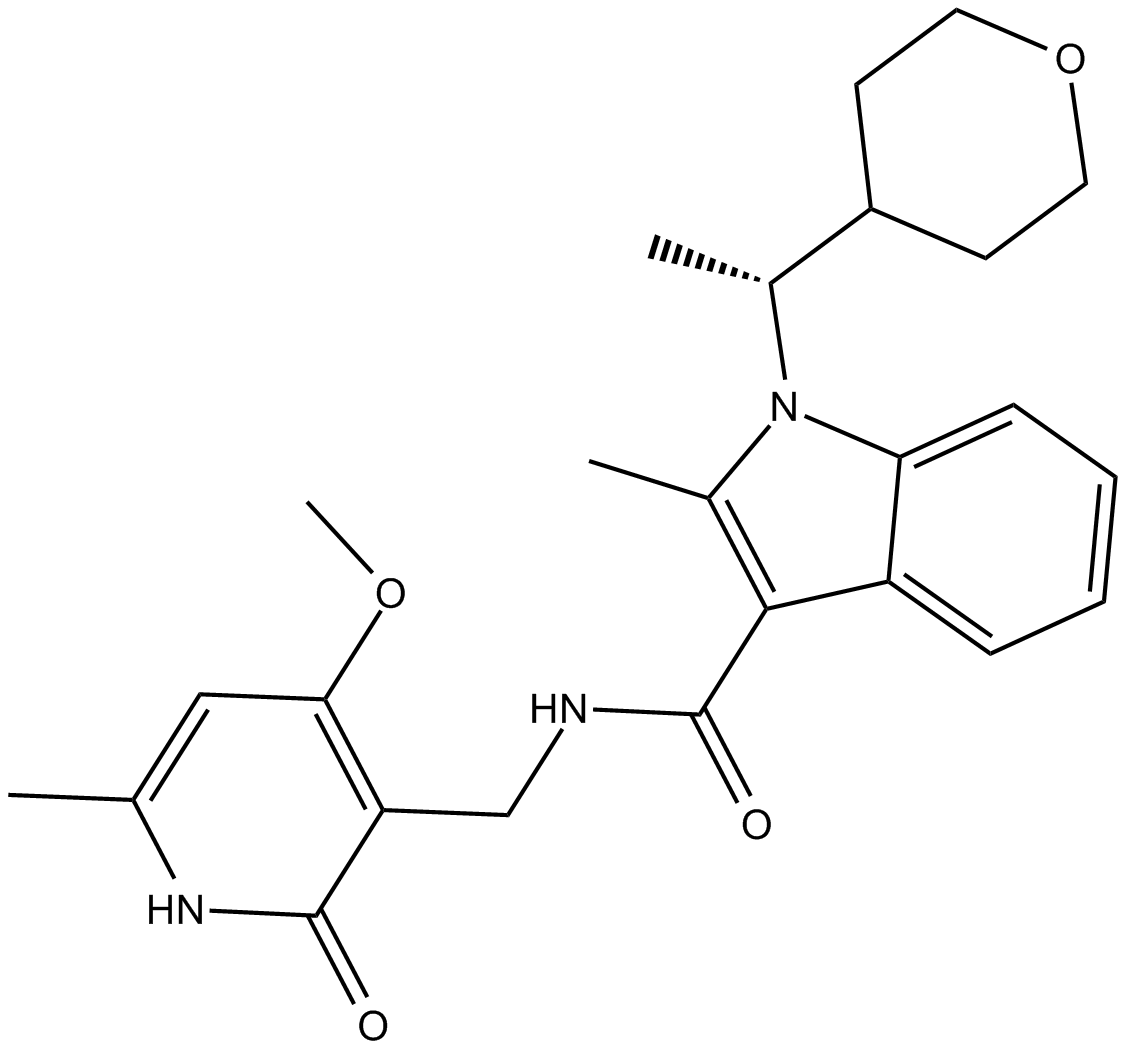
-
GC14921
CPI-613
An inhibitor of α-ketoglutarate dehydrogenase
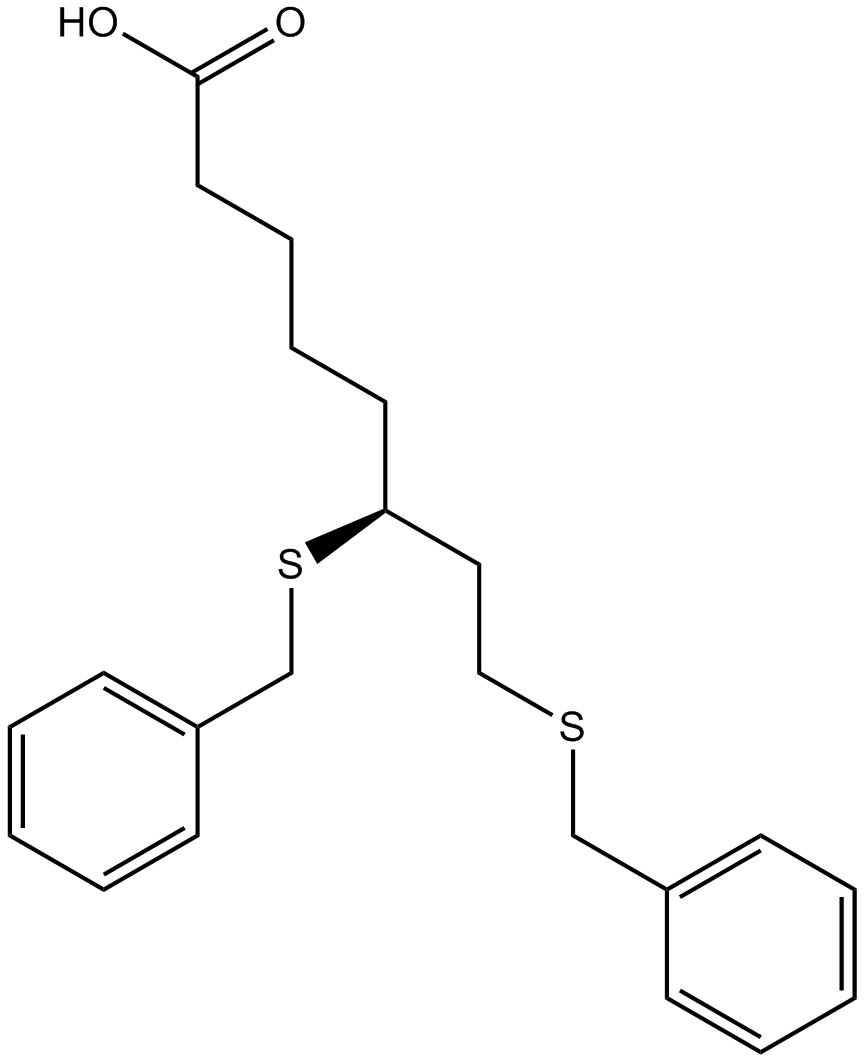
-
GC39365
CPTH2
CPTH2 is a potent histone acetyltransferase (HAT) inhibitor. CPTH2 selectively inhibits the acetylation of histone H3 by Gcn5. CPTH2 induces apoptosis and decreases the invasiveness of a clear cell renal carcinoma (ccRCC) cell line through the inhibition of acetyltransferase p300 (KAT3B).
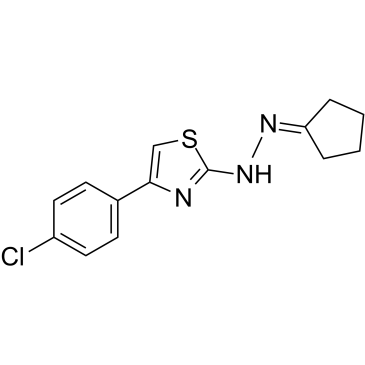
-
GC35747
Crebanine
Crebanine, an alkaloid from Stephania venosa, induces G1 arrest and apoptosis in human cancer cells.
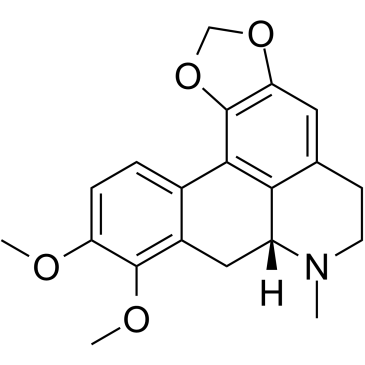
-
GC34543
cRIPGBM
cRIPGBM, a proapoptotic derivative of RIPGBM, a cell type-selective inducer of apoptosis in GBM cancer stem cells (CSCs) by binding to receptor-interacting protein kinase 2 (RIPK2), with an EC50 of 68 nM in GBM-1 cells.
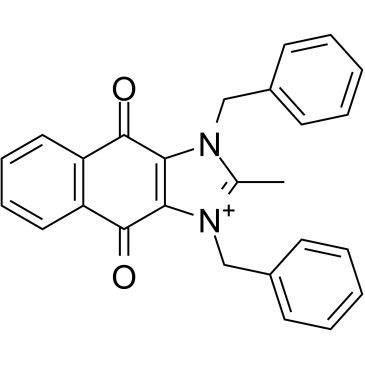
-
GC13838
CRT 0066101
PKD inhibitor
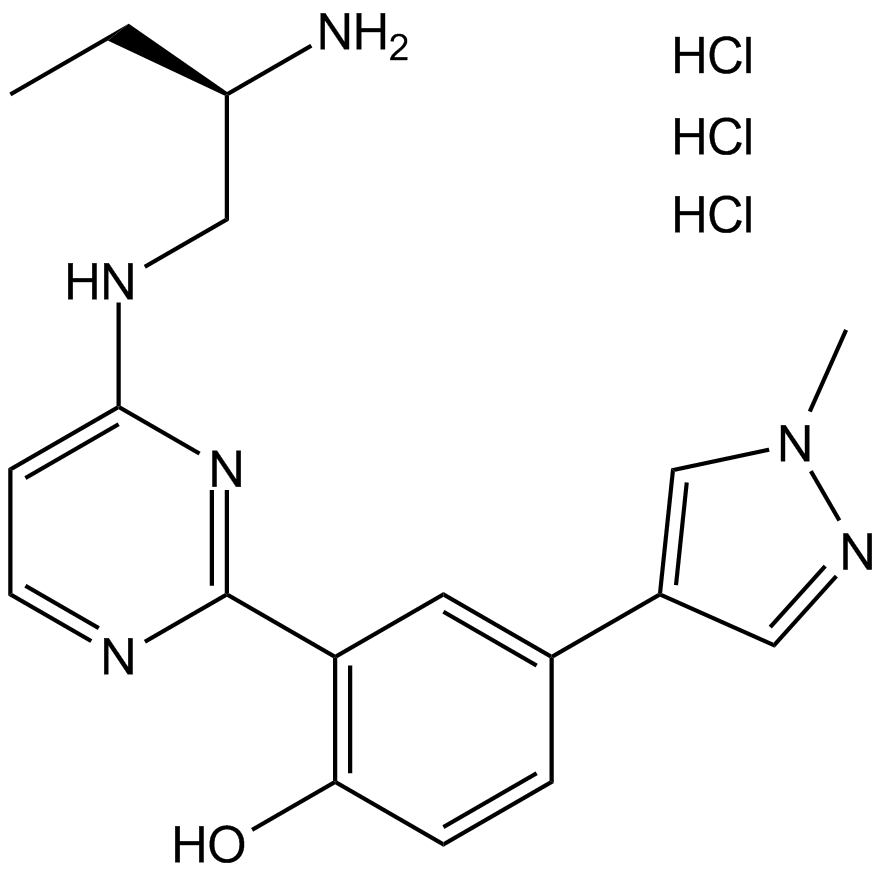
-
GC35750
CRT0066101 dihydrochloride
CRT0066101 dihydrochloride is a potent and specific PKD inhibitor with IC50 values of 1, 2.5 and 2 nM for PKD1, 2, and 3 respectively.
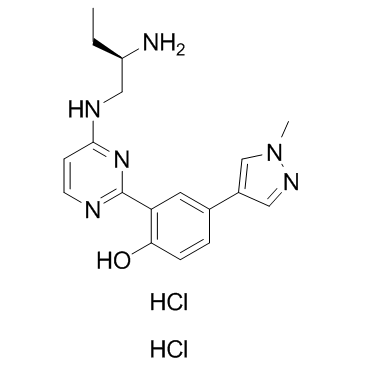
-
GC45414
CRT0066854

-
GC14355
CRT5
PKD1, PKD2, and PKD3 inhibitor
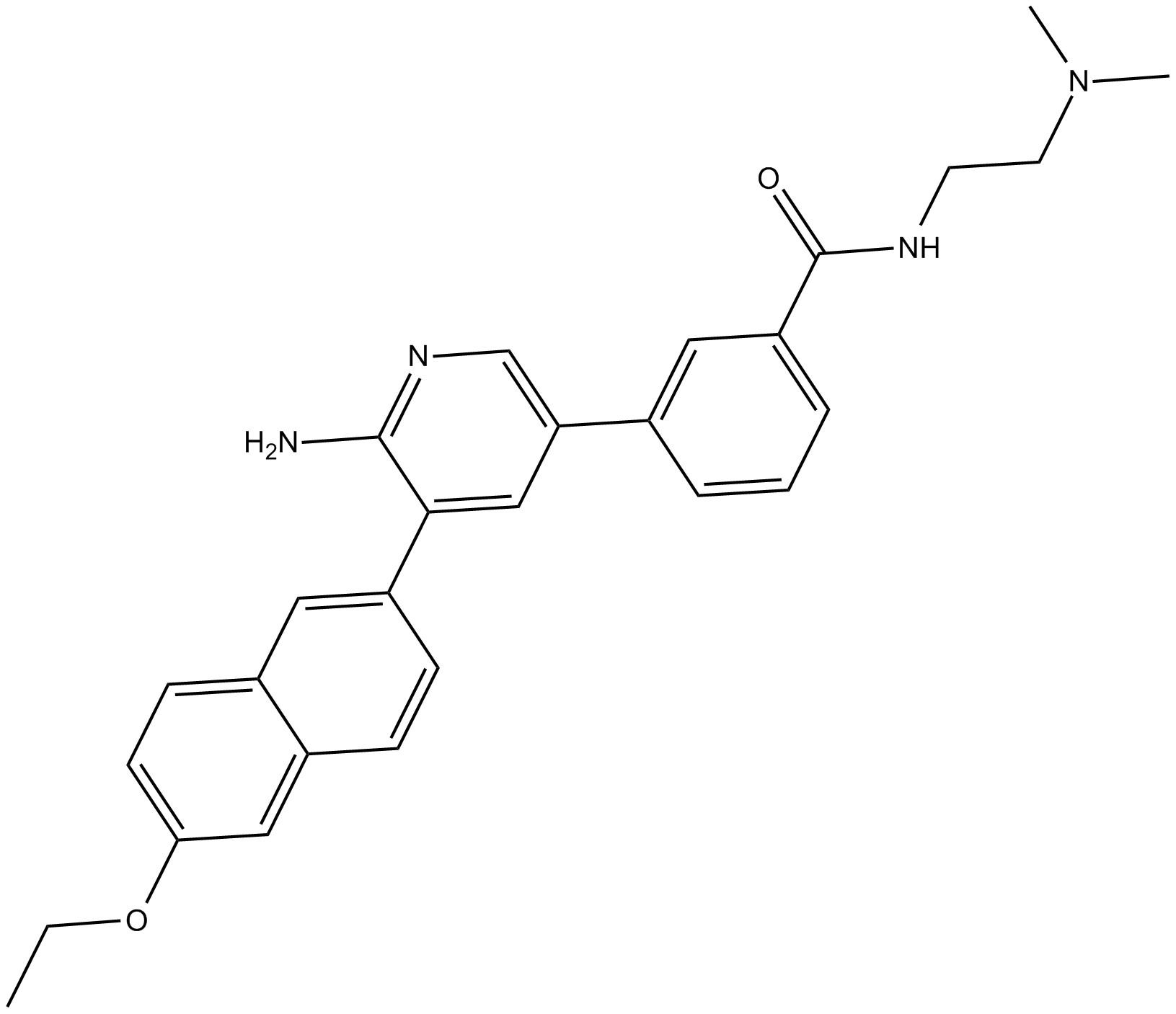
-
GC32911
CTX1
CTX1 is a p53 activator that overcomes HdmX-mediated p53 repression. CTX1 exhibits potent anti-cancer activity in a mouse acute myeloid leukemia (AML) model system.
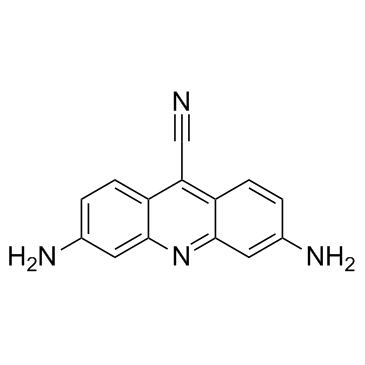
-
GN10535
Cucurbitacin B
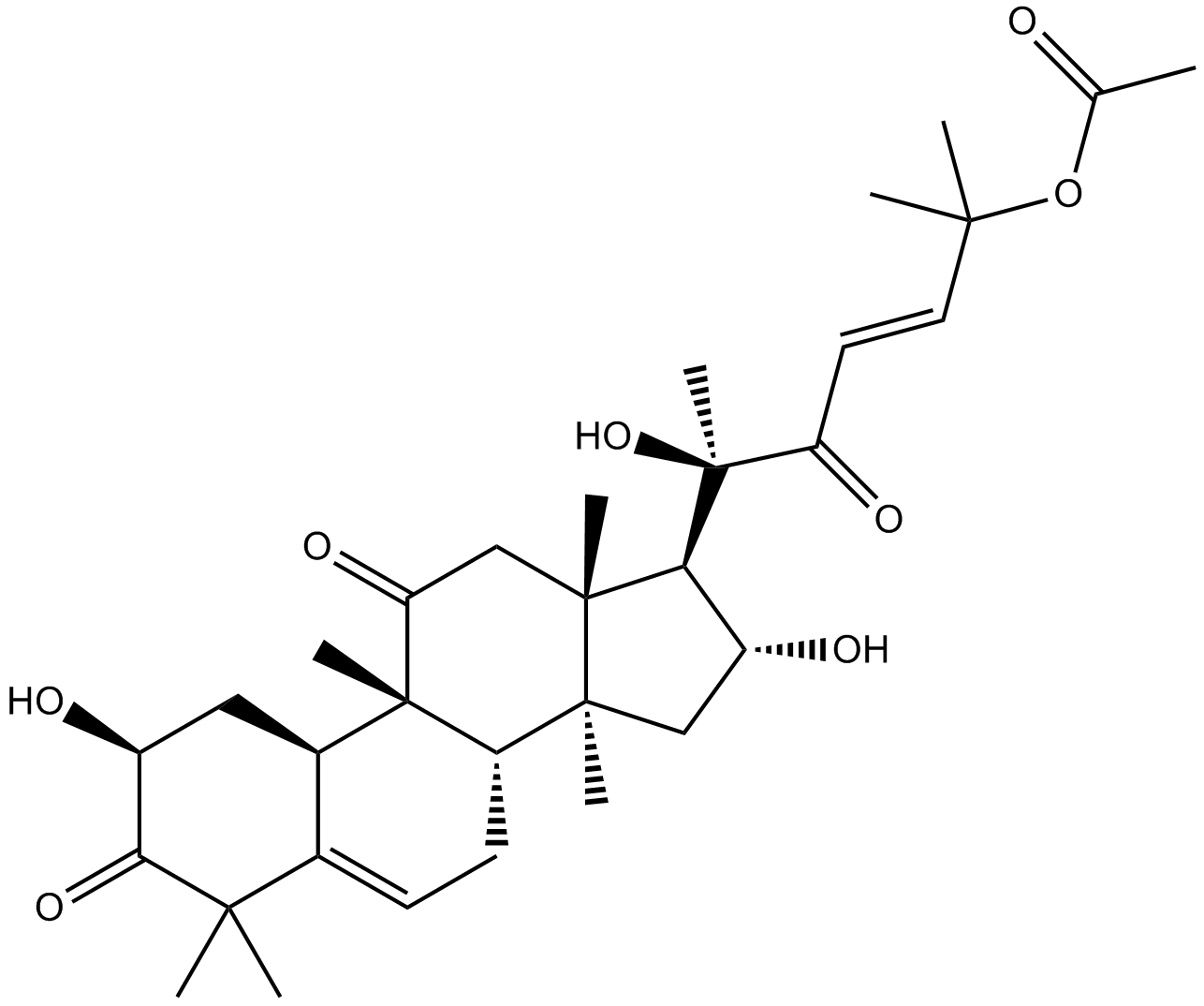
-
GC35758
Cucurbitacin IIa
Cucurbitacin IIa is a triterpene isolated from Hemsleya amalils Diels, induces apoptosis of cancer cells, reduces expression of survivin, reduces phospho-Histone H3 and increases cleaved PARP in cancer cells.
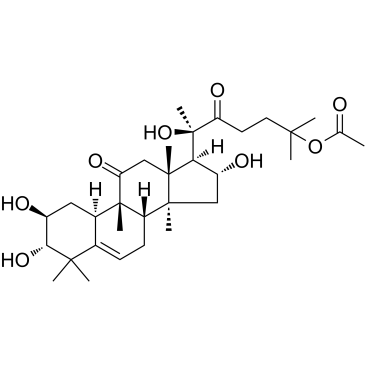
-
GN10788
Cucurbitacin IIb
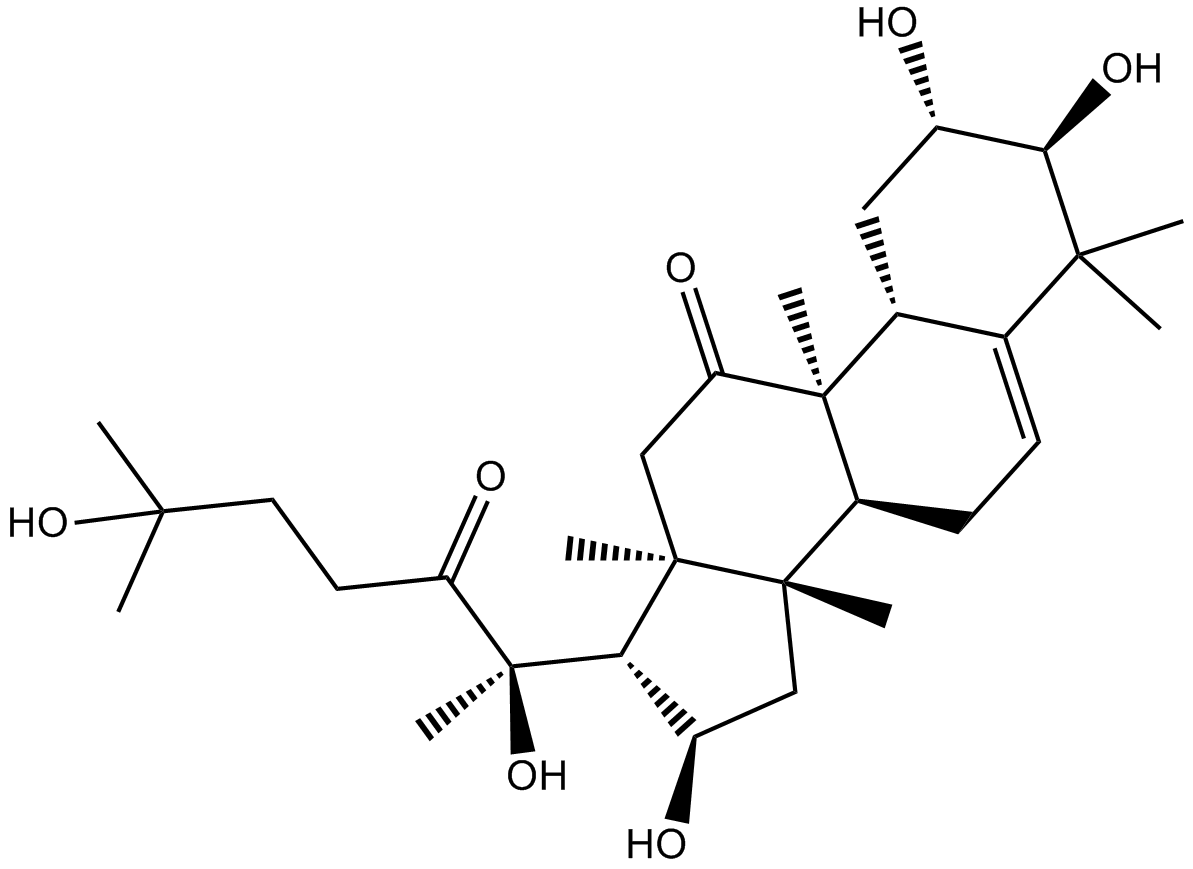
-
GC32781
CUDC-427 (GDC-0917)
CUDC-427 (GDC-0917) is a potent second-generation pan-selective IAP antagonist, used for treatment of various cancers.
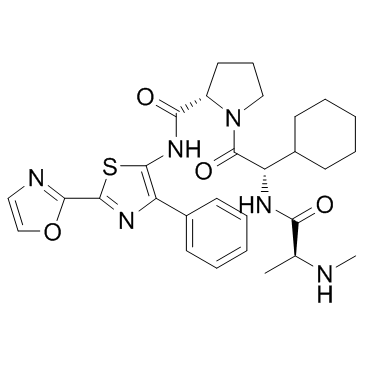
-
GC12115
CUDC-907
A dual inhibitor of HDACs and PI3Ks
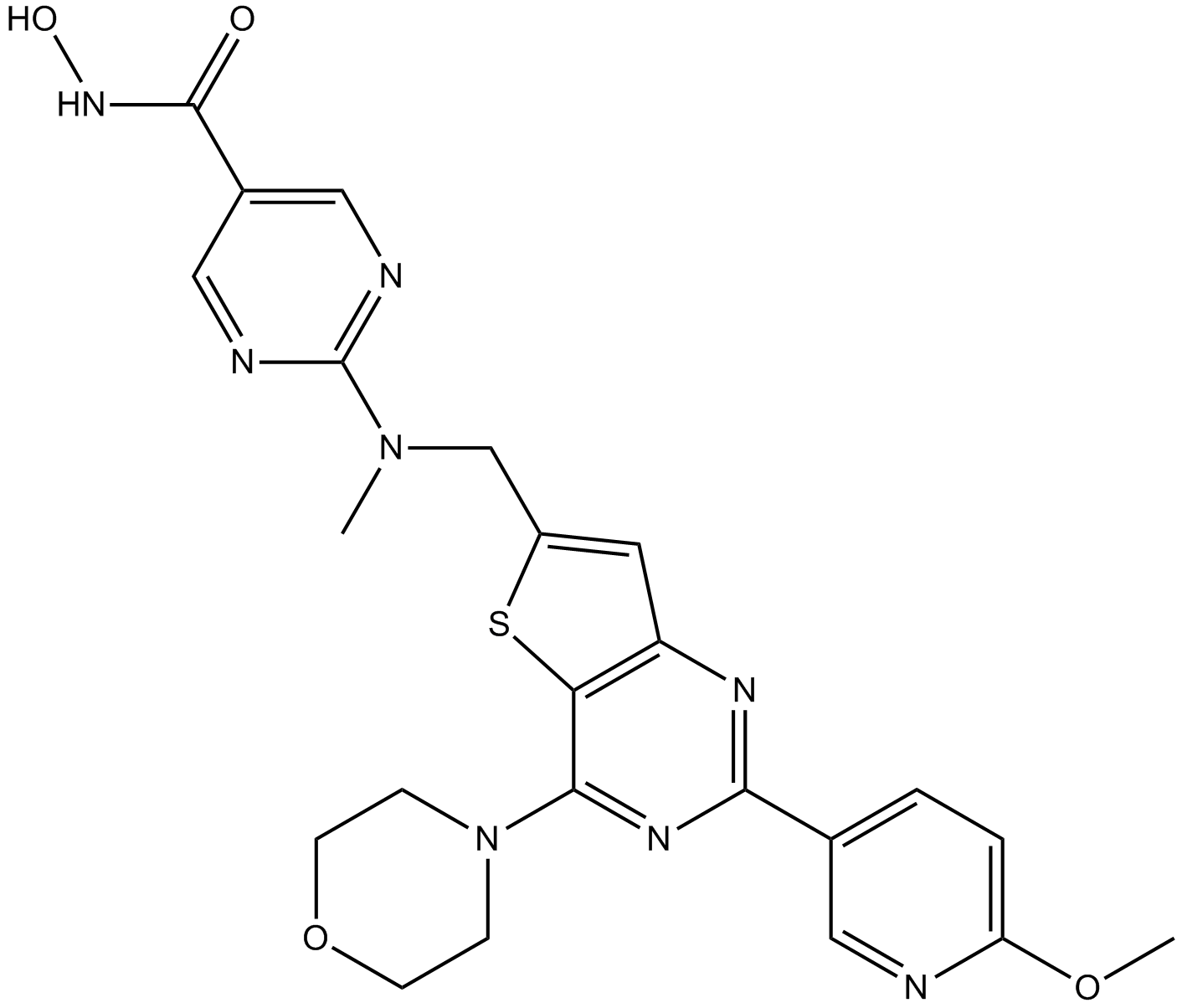
-
GC11217
CUR 61414
potent inhibitor of hedgehog-induced cellular activity
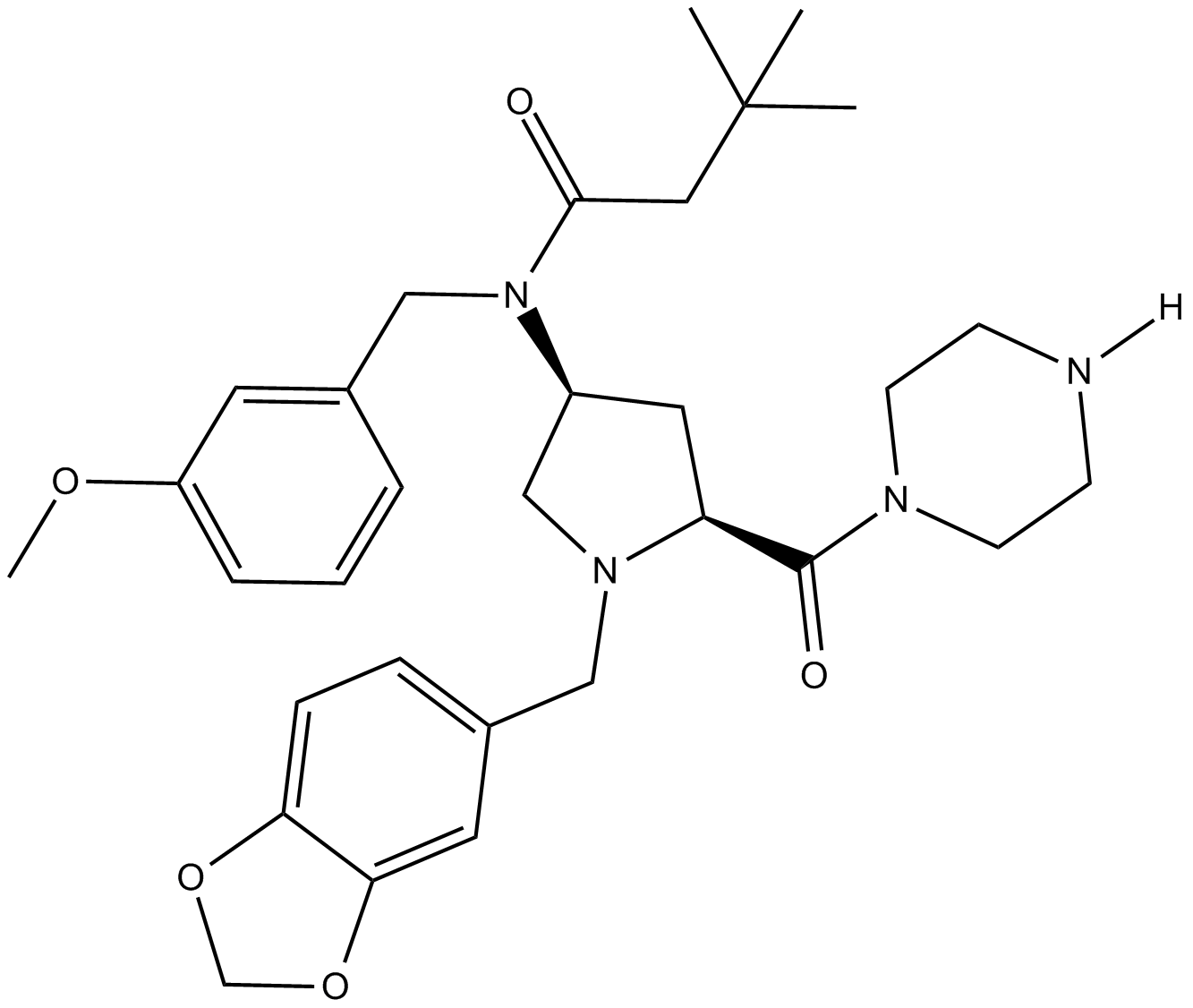
-
GC14787
Curcumin
A yellow pigment with diverse biological activities
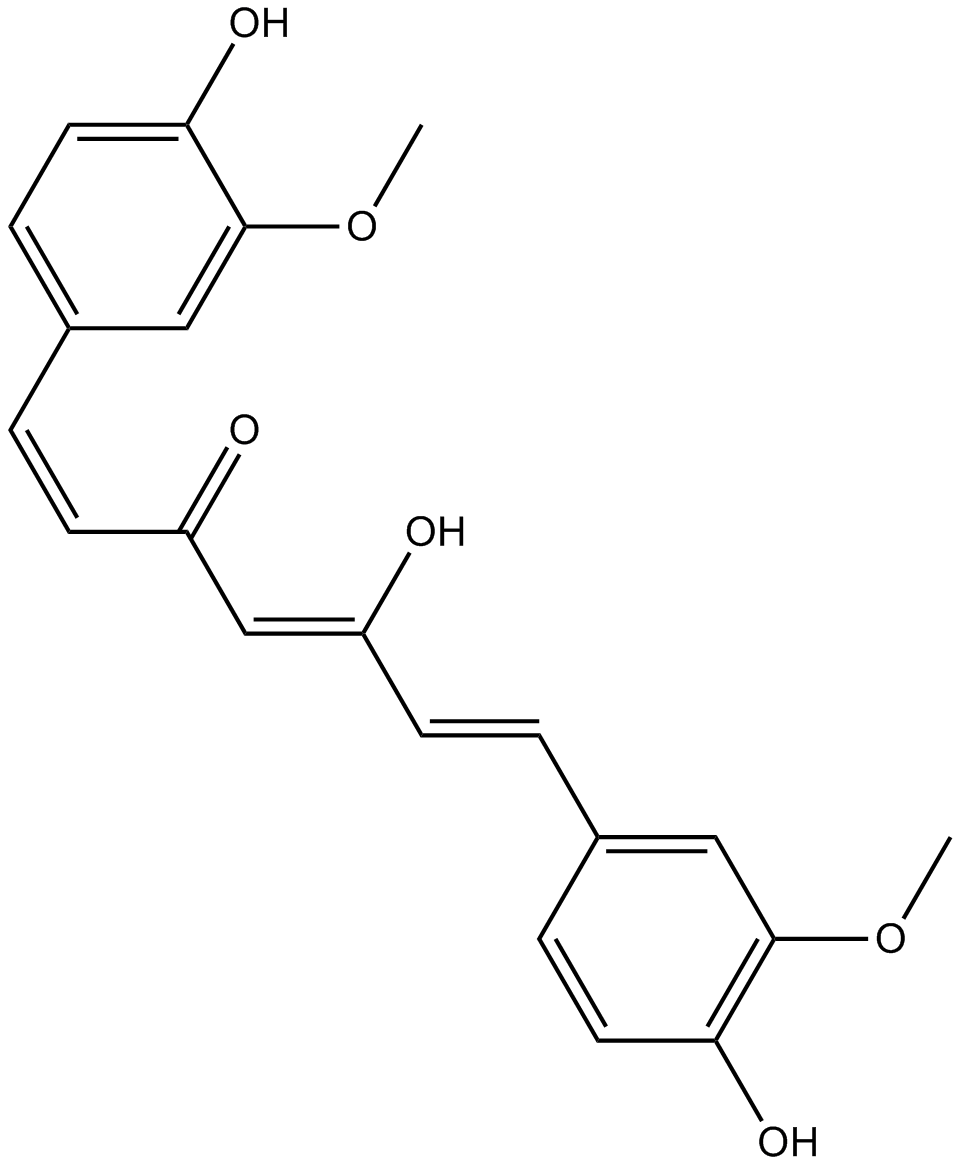
-
GC40226
Curcumin-d6
Curcumin-d6 is intended for use as an internal standard for the quantification of curcumin by GC- or LC-MS.

-
GN10521
Curcumol
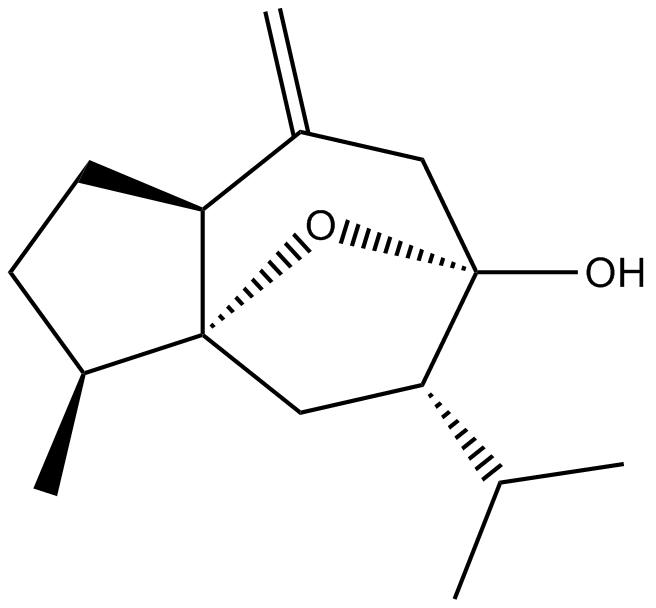
-
GC66356
Cusatuzumab
Cusatuzumab is a human αCD70 monoclonal antibody. Cusatuzumab shows cytotoxicity activity with enhanced antibody-dependent cellular. Cusatuzumab reduces leukemia stem cells (LSCs) and triggers gene signatures related to myeloid differentiation and apoptosis. Cusatuzumab has the potential for the research of Acute myeloid leukemia (AML).

-
GC63967
Cycleanine
Cycleanine is a potent vascular selective Calcium antagonist.
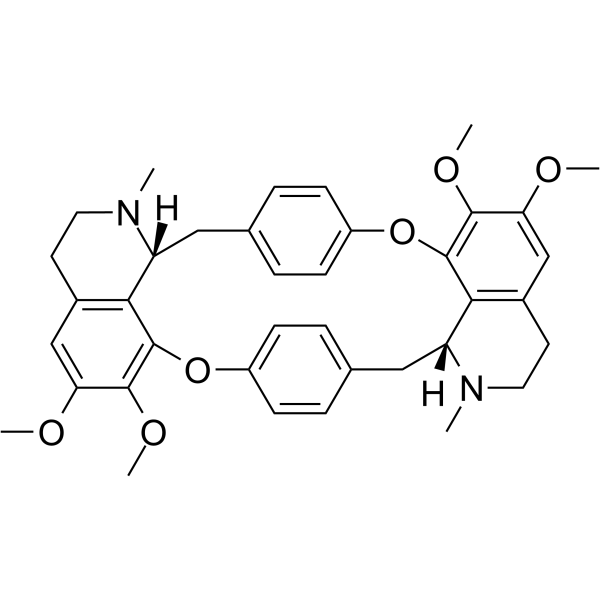
-
GC49716
Cyclo(RGDyK) (trifluoroacetate salt)
A cyclic peptide ligand of αVβ3 integrin

-
GC17198
Cycloheximide
Cycloheximide is an antibiotic that inhibits protein synthesis at the translation level, acting exclusively on cytoplasmic (80s) ribosomes of eukaryotes.
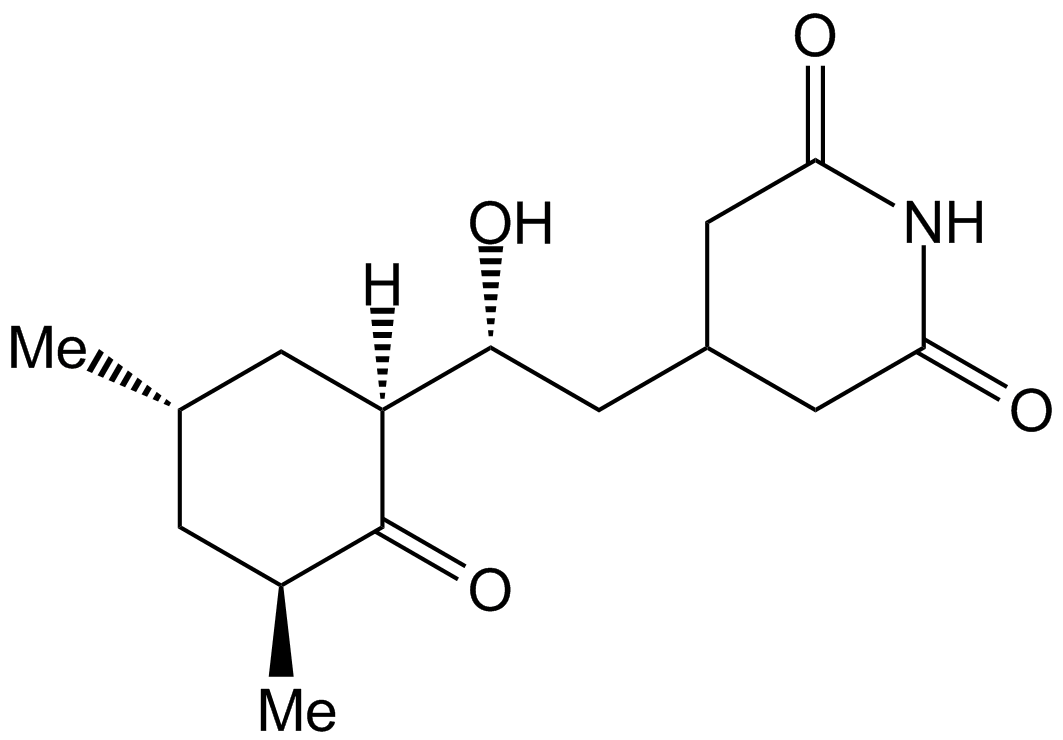
-
GC43346
Cyclopamine-KAAD
Cyclopamine-KAAD, a hedgehog signaling inhibitor, is a smoothened antagonist.

-
GC47148
Cyclophosphamide-d4
An internal standard for the quantification of cyclophosphamide

-
GC38419
Cyclovirobuxine D
An alkaloid with diverse biological activities
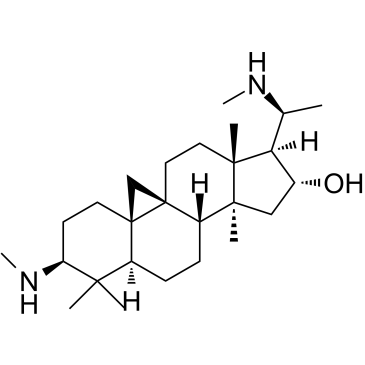
-
GC33330
Cynaropicrin
A sesquiterpene lactone
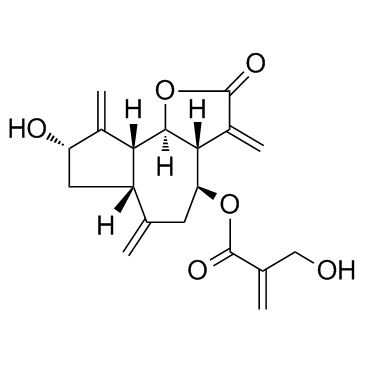
-
GC65565
Cyproheptadine
Cyproheptadine is a potent and orally active 5-HT2A receptor antagonist, with antidepressant and antiserotonergic effects.
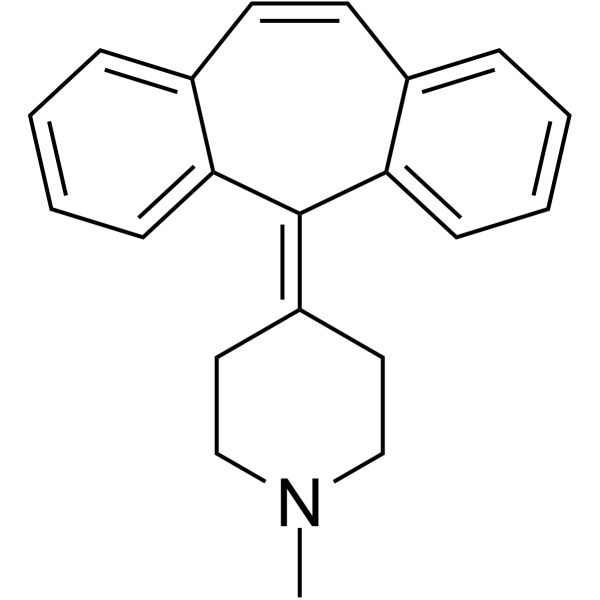
-
GC33779
Cysteamine (β-Mercaptoethylamine)
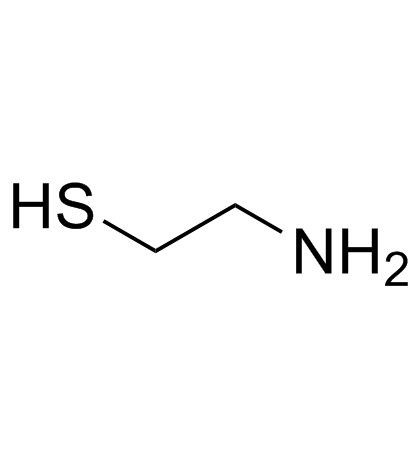
-
GC13502
Cysteamine HCl
Cysteamine HCl (2-Aminoethanethiol hydrochloride) is an orally active agent for the treatment of nephropathic cystinosis and an antioxidant.
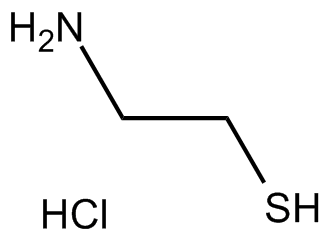
-
GC17050
CYT387
A potent inhibitor of JAK1 and JAK2
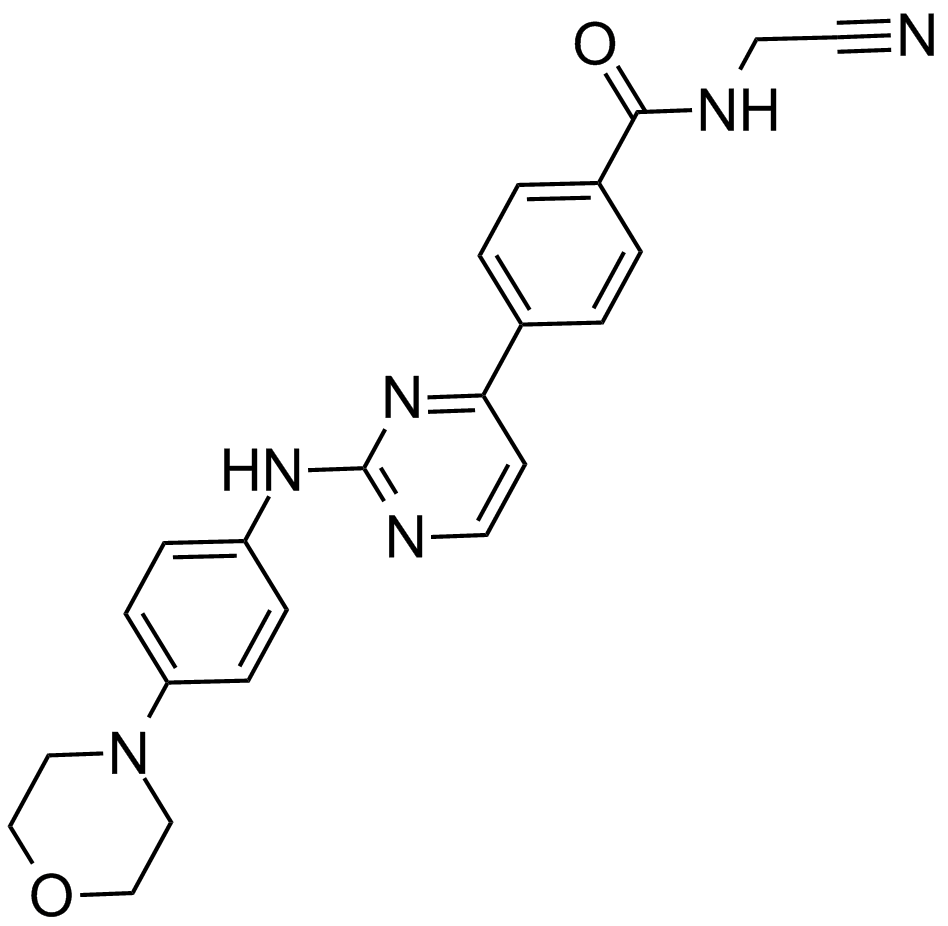
-
GC11383
CYT997 (Lexibulin)
CYT997 (Lexibulin) (CYT-997) is a potent and orally active tubulin polymerisation inhibitor with IC50s of 10-100 nM in cancer cell lines; with potent cytotoxic and vascular disrupting activity in vitro and in vivo. CYT997 (Lexibulin) induces cell apoptosis and induces mitochondrial ROS generation in GC cells.
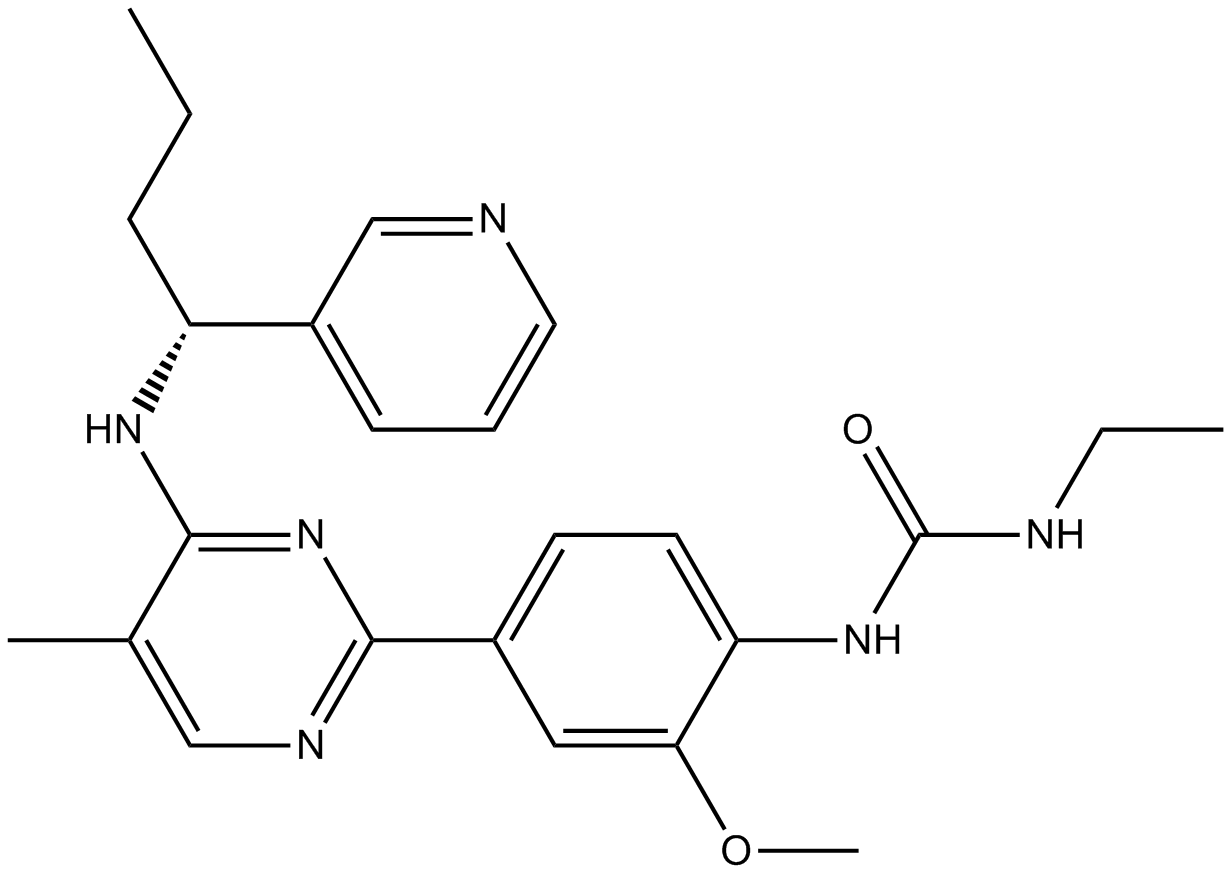
-
GC13070
Cytarabine
Cytotoxic agent, blocks DNA synthesis
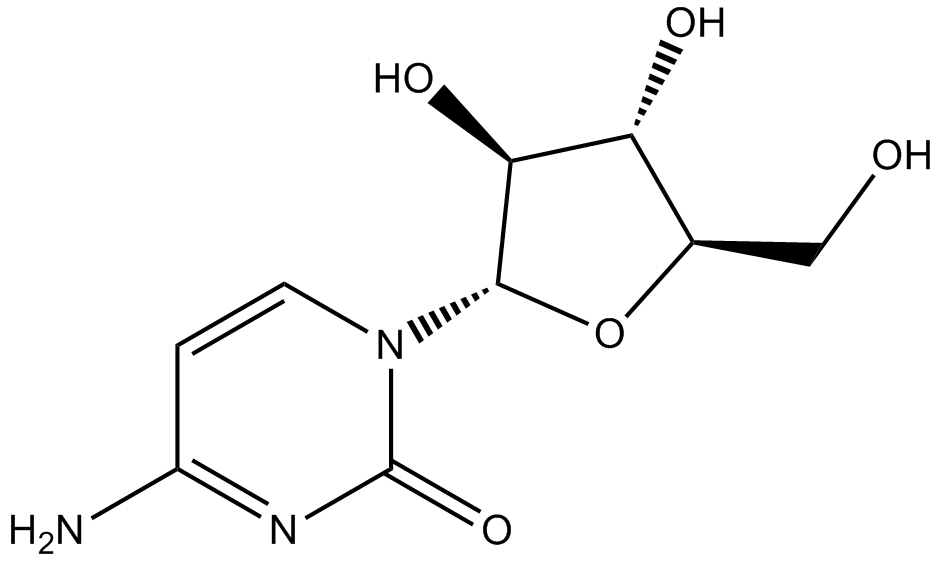
-
GC43356
CytoCalcein™ Violet 450
CytoCalcein? Violet 450 is a fluorogenic dye used to assess cell viability.
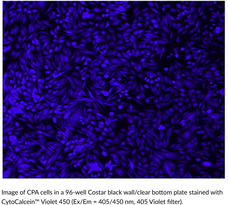
-
GC43357
CytoCalcein™ Violet 500
CytoCalcein? Violet 500 is a fluorogenic dye used to assess cell viability.
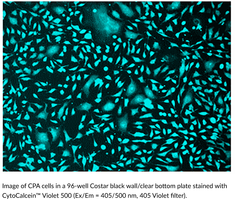
-
GC43361
Cytostatin (sodium salt)
Cytostatin is a natural antitumor inhibitor of cell adhesion to extracellular matrix, blocking adhesion of B16 melanoma cells to laminin and collagen type IV in vitro (IC50s = 1.3 and 1.4 μg/ml, respectively) and B16 cells metastatic activity in mice.

-
GC43368
D,L-1′-Acetoxychavicol Acetate
D,L-1′-Acetoxychavicol acetate is a natural compound first isolated from the rhizomes of ginger-like plants.

-
GC66824
D-α-Tocopherol Succinate
D-α-Tocopherol Succinate (Vitamin E succinate) is an antioxidant tocopherol and a salt form of vitamin E. D-α-Tocopherol Succinate inhibits Cisplatin -induced cytotoxicity. D-α-Tocopherol Succinate can be used for the research of cancer.
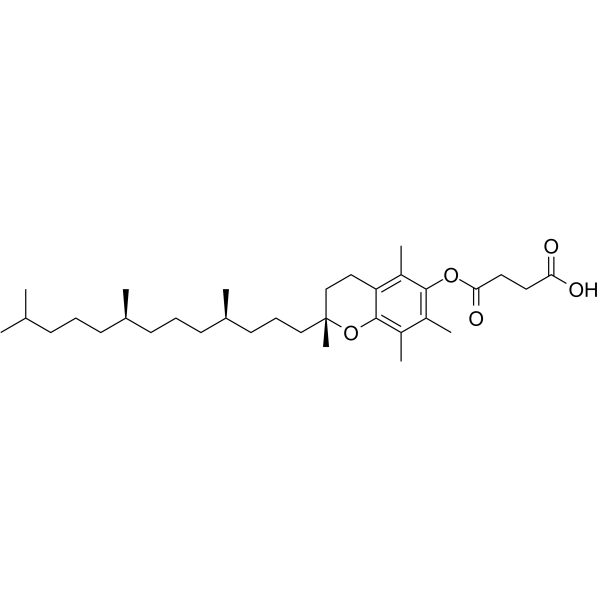
-
GC12256
D-Mannitol
osmotic diuretic agent,weak renal vasodilator.
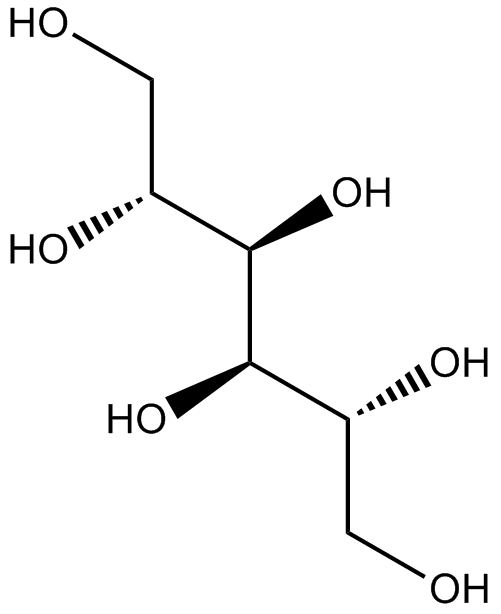
-
GC60796
D-Trimannuronic acid
D-Trimannuronic acid, an alginate oligomer is extracted from seaweed.
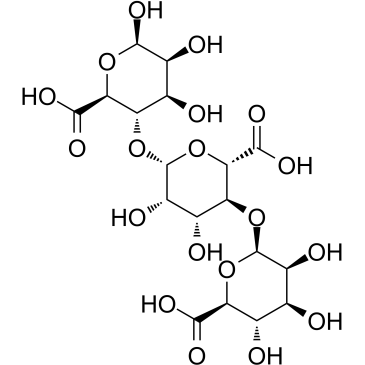
-
GC13202
D4476
Inhibitor of CK1 and ALK5
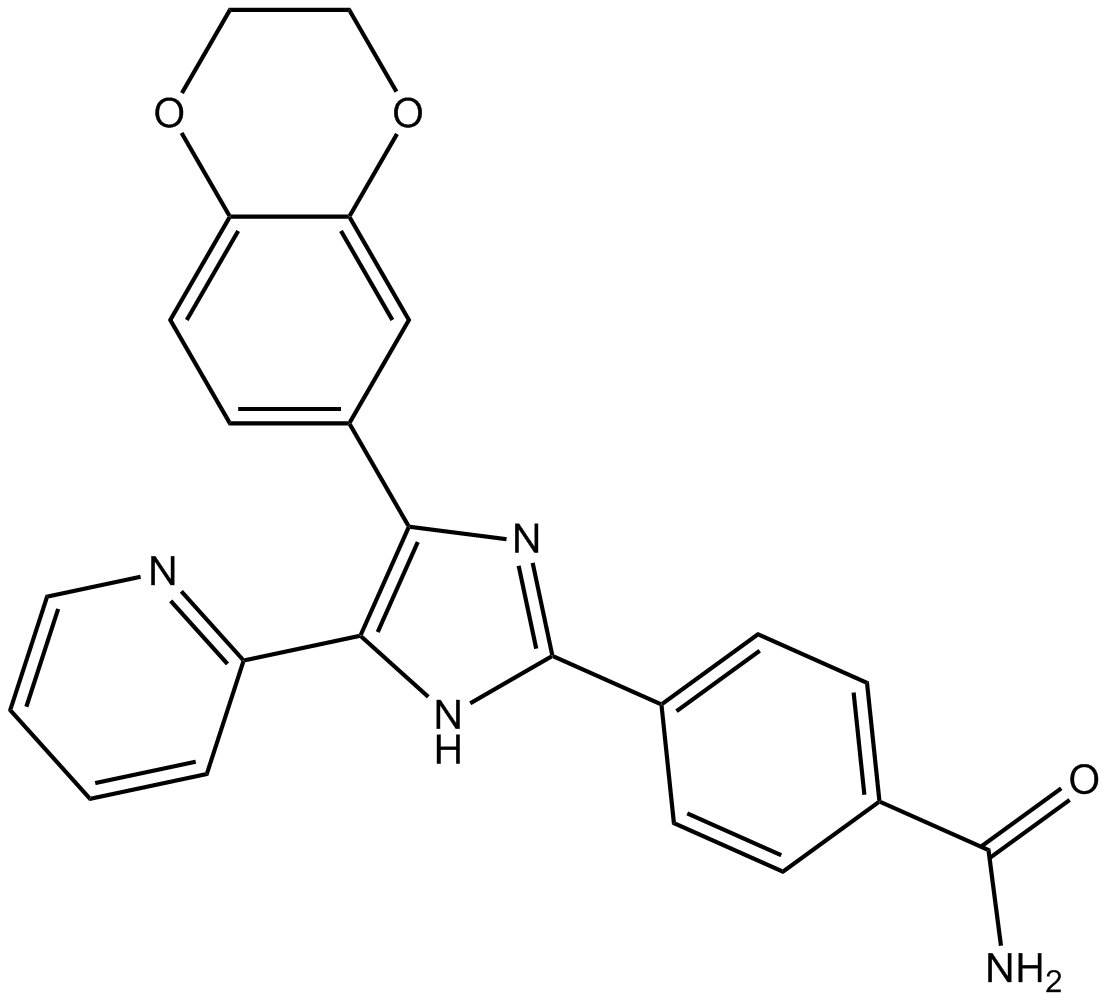
-
GC17851
D609
A competitive inhibitor of PC-specific PLC
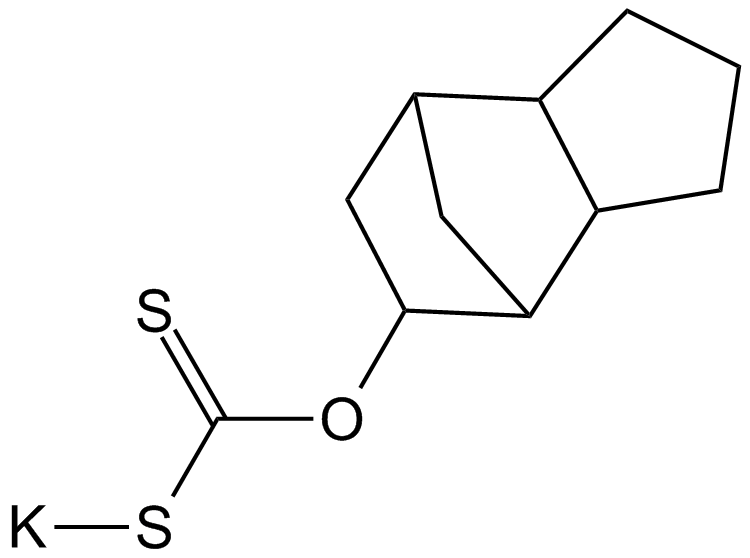
-
GC50296
D9
D9 is a potent and selective inhibitor of thioredoxin reductase (TrxR), with an EC50 of 2.8 nM. D9 has the capability to inhibit tumor proliferation both in vitro and in vivo.
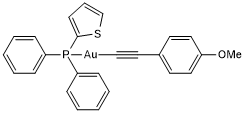
-
GC18421
Dabcyl-YVADAPV-EDANS
Dabcyl-YVADAPV-EDANS is a fluorogenic substrate for caspase-1.
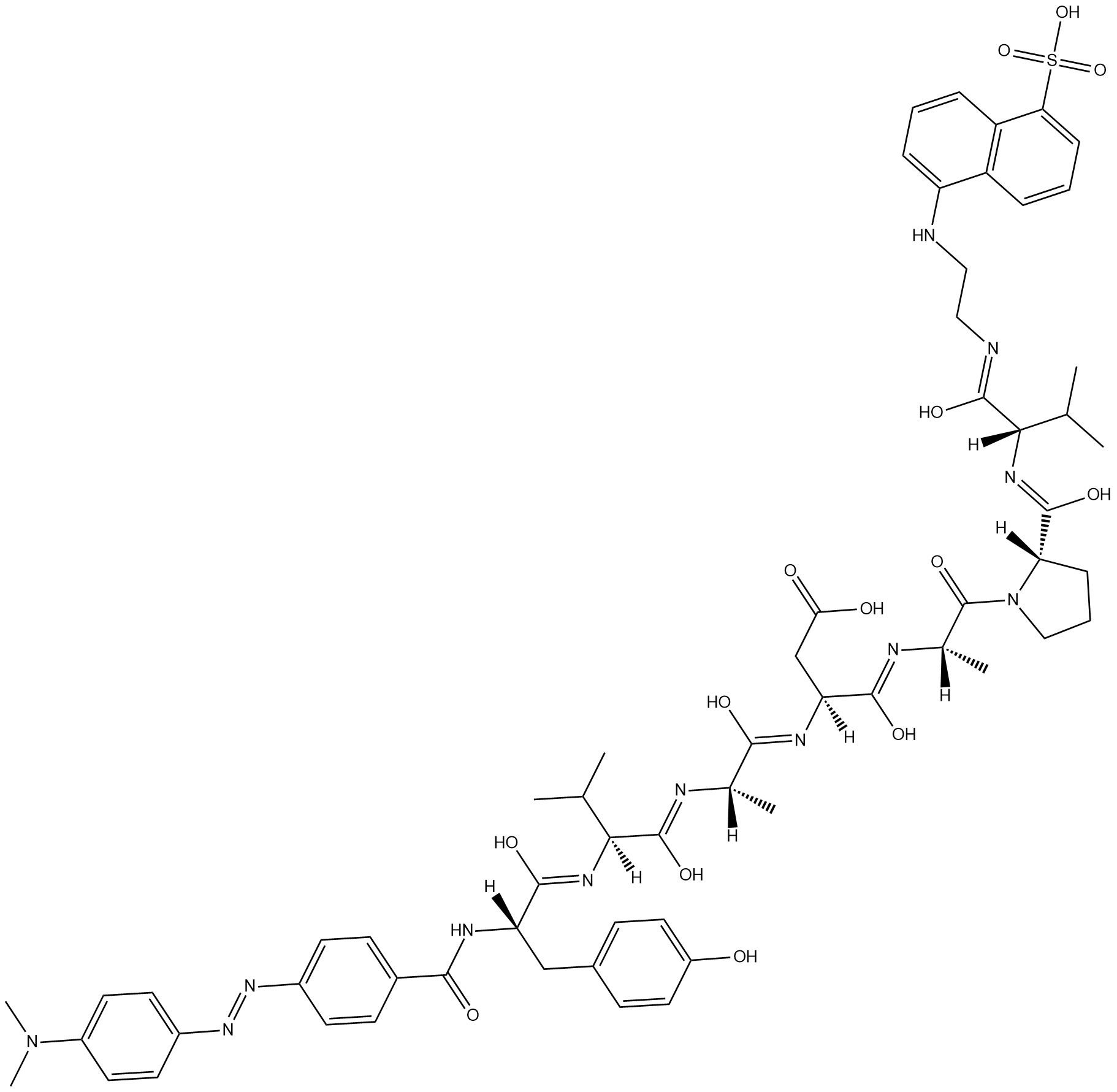
-
GC47166
Dabrafenib-d9
An internal standard for the quantification of dabrafenib

-
GC14485
Dacarbazine
Antineoplastic( malignant melanoma and sarcomas)
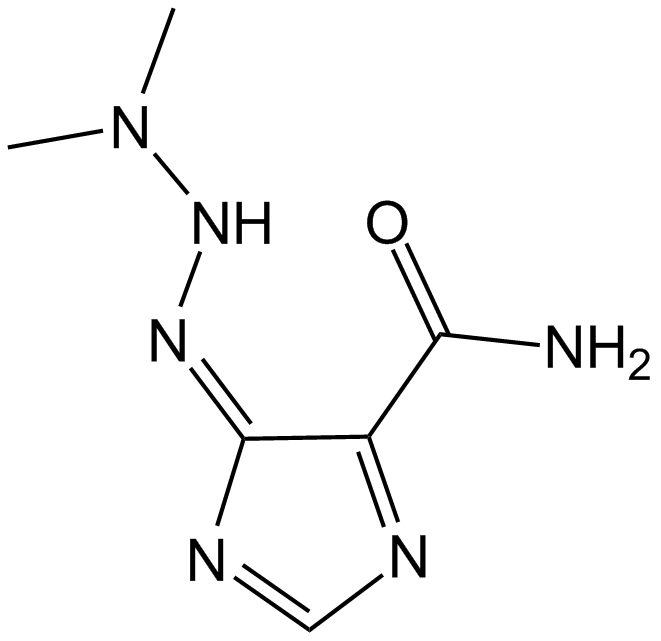
-
GC47167
Dacarbazine-d6
An internal standard for the quantification of dacarbazine

-
GC68305
Dacetuzumab
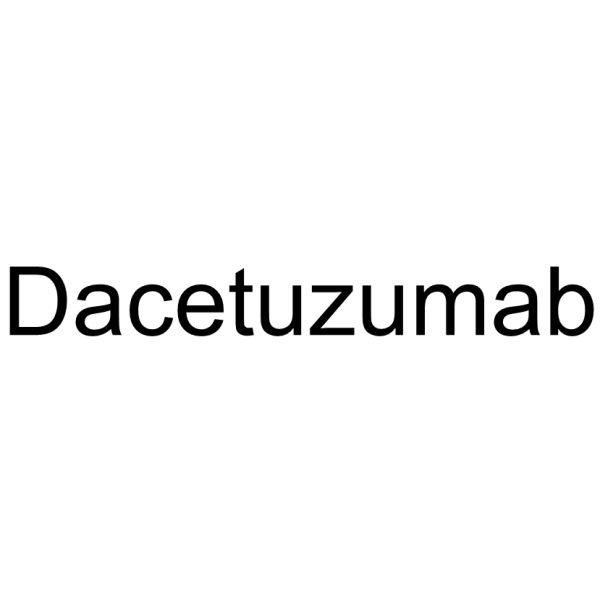
-
GC10225
Dacomitinib (PF299804, PF299)
Dacomitinib (PF299804, PF299) (PF-00299804) is a specific and irreversible inhibitor of the ERBB family of kinases with IC50s of 6 nM, 45.7 nM and 73.7 nM for EGFR, ERBB2, and ERBB4, respectively.
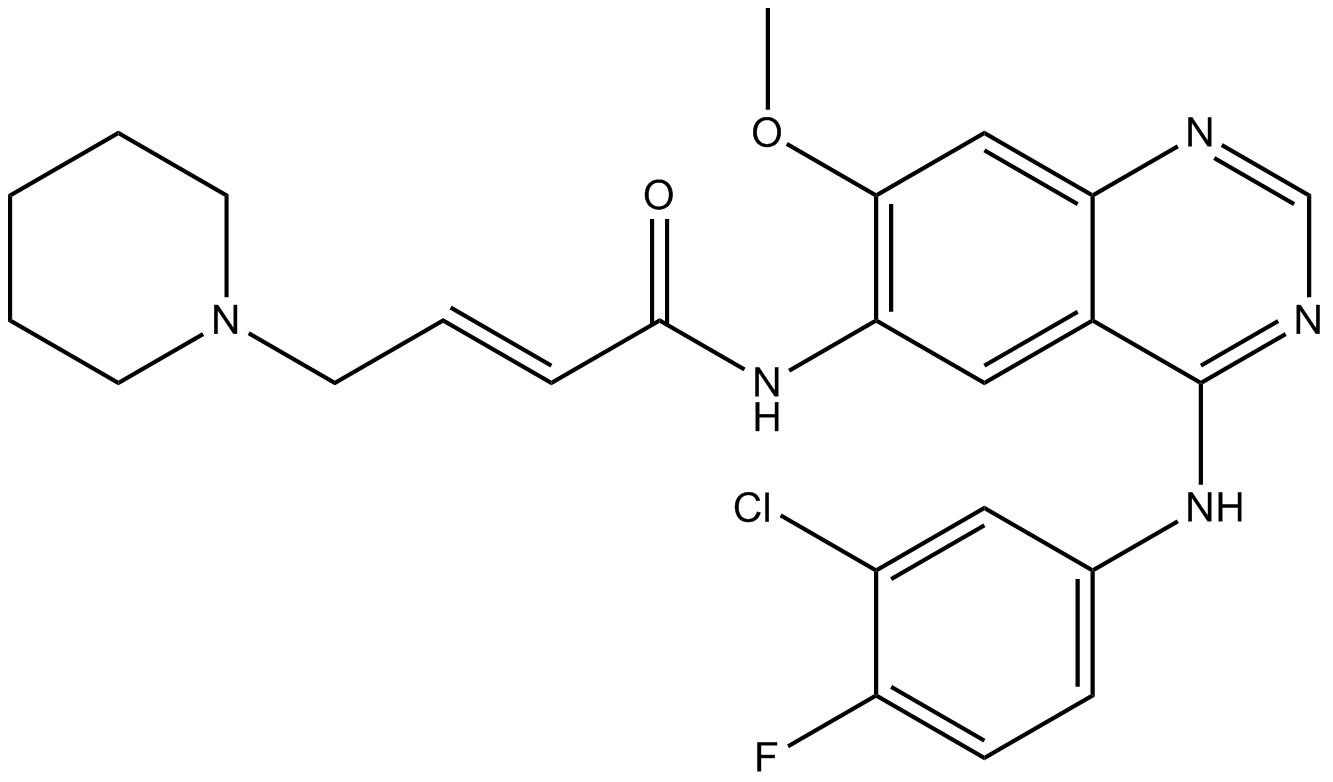
-
GC15211
Damnacanthal
p56lck tyrosine kinase inhibitor
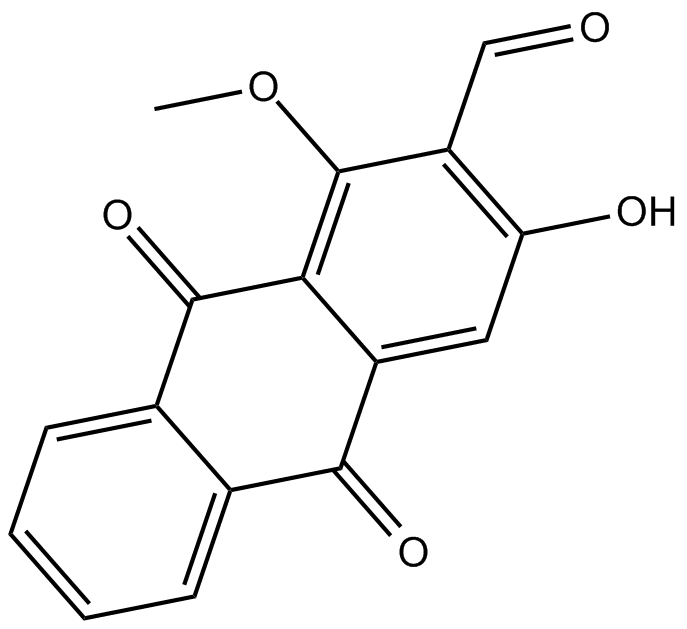
-
GN10318
Danshensu
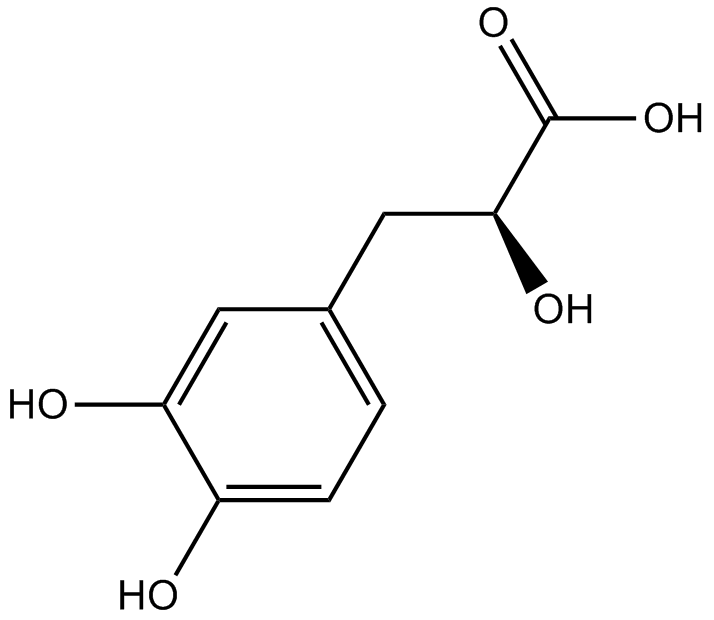
-
GC34010
Danshensu (Dan shen suan A)
Danshensu, an active ingredient of Salvia miltiorrhiza, shows wide cardiovascular benefit by activating Nrf2 signaling pathway.
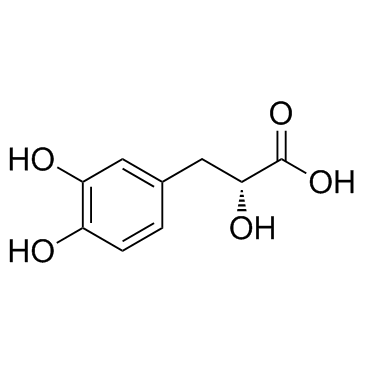
-
GC15217
Danusertib (PHA-739358)
A pan-Aurora kinase and Abl inhibitor
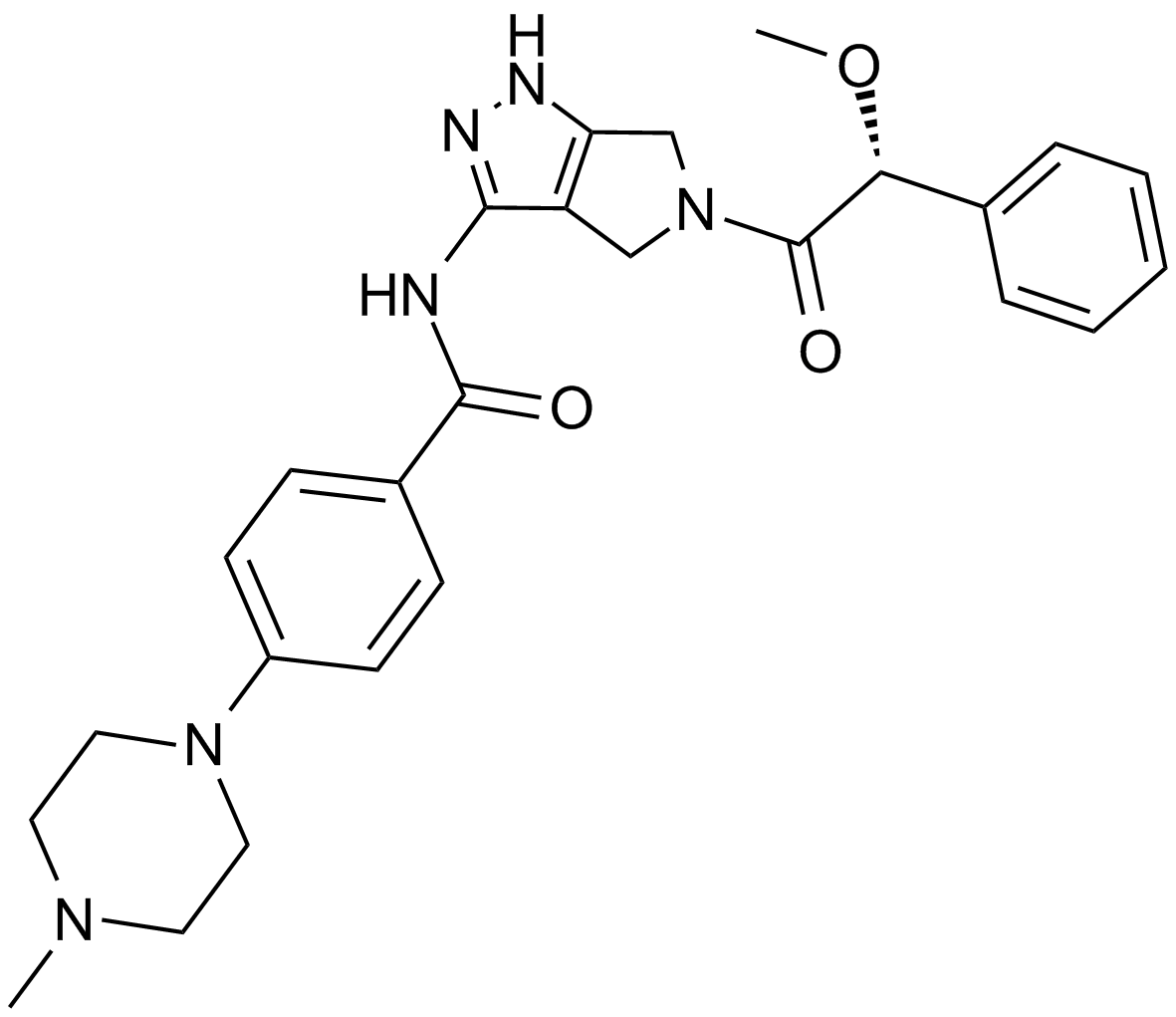
-
GC17650
DAPK Substrate Peptide
A DAPK1 peptide substrate
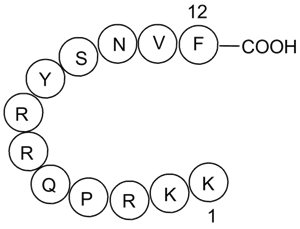
-
GC49883
DAPK Substrate Peptide (trifluoroacetate salt)
A DAPK1 peptide substrate

-
GC12942
DAPT (GSI-IX)
Inhibitor of γ-secretase
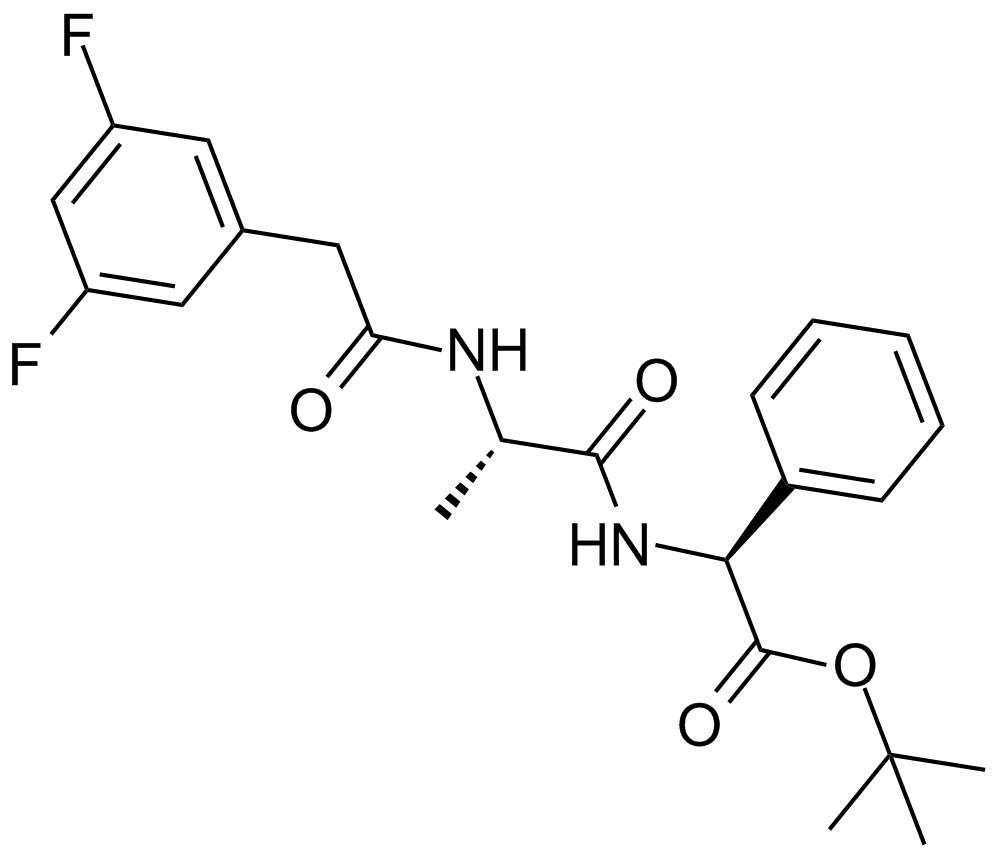
-
GC43379
Darinaparsin
A dimethylated arsenic linked to glutathione

-
GC15568
Dasatinib (BMS-354825)
An inhibitor of Abl and Src
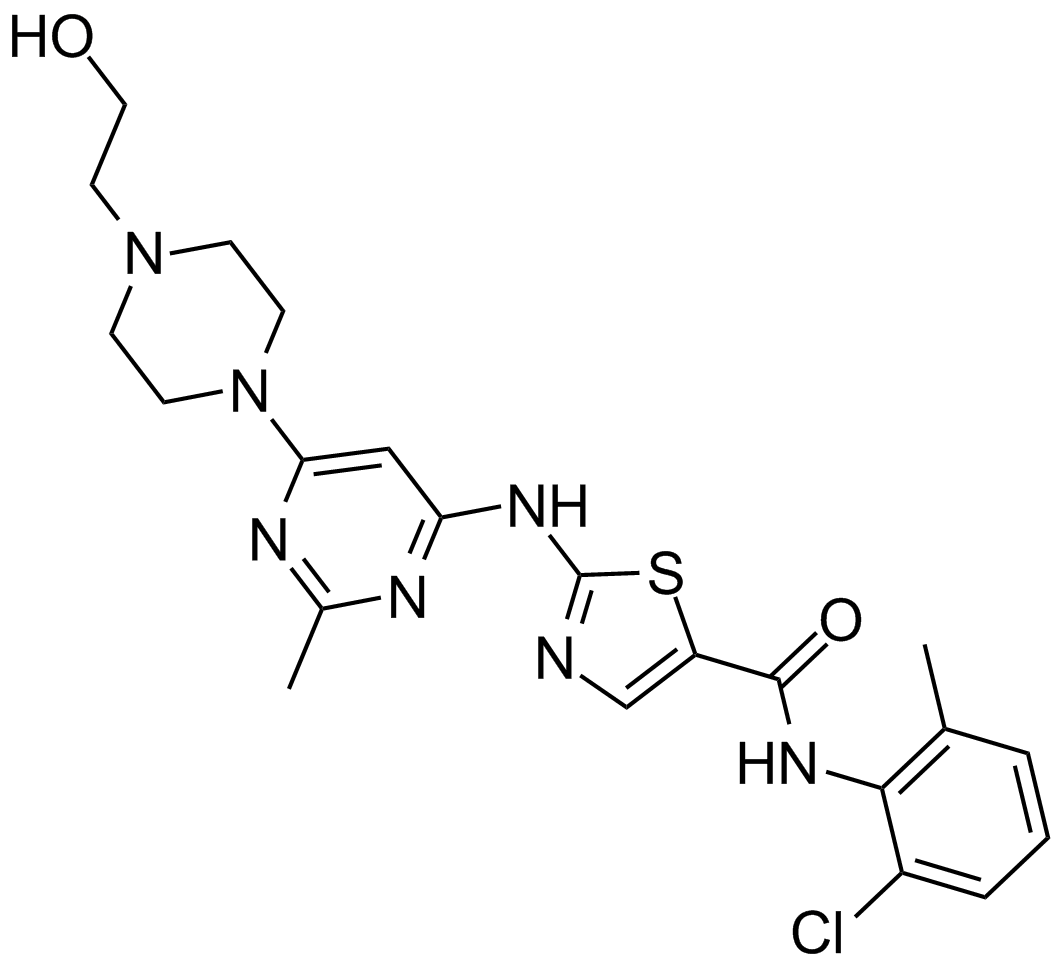
-
GC35812
Dasatinib hydrochloride
A potent and dual AblWT/Src inhibitor
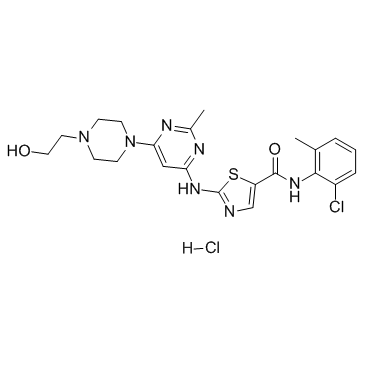
-
GC10354
Daunorubicin HCl
Daunorubicin (Daunomycin) hydrochloride is a topoisomerase II inhibitor with potent anti-tumor activity.
